January 12, 2021 – The pictures of Sisak-Moslavina after the earthquake of late 2020 tell a terrible tale. Sitting close to the epicentre, the town of Petrinja was badly damaged. Once the main town of the area, this is not the first tragedy it has undergone. Nor is it the only tragedy it will overcome. The devastating pictures we currently see are not the real Petrinja. These images are temporary. Historic Petrinja has survived the attack of invading armies, of changing politics and regimes. It has rebuilt, kept its heart and retained its community. The following pictures remind us of historic Petrinja through the ages – how it once was, and how it will be again
"From 1991 to 1995 we were occupied," one resident of historic Petrinja tells TCN of his remembrances of the Homeland war. "Here and near Karlovac was the closest they got to Zagreb. If you think about it, that's really close. The town was devastated. My street was burned almost completely to the ground. My house included. I think maybe 5 houses in the whole street survived. That's from a total of around 50."
Were these houses destroyed by guns attacking the occupiers or by those occupying the town? (your interviewer asks, perhaps naively)
"Ha! (a dry laugh) They were destroyed by those occupying the town".
Why would anyone do that to a town that they wanted to be part of their country?
"For over 20 years I ask myself the same question, Marc. I still do not have an answer to this day. They burned half of the city immediately after the occupation began. We saw our town burning to the ground. I was just a child at this time, my family fled to Sisak."
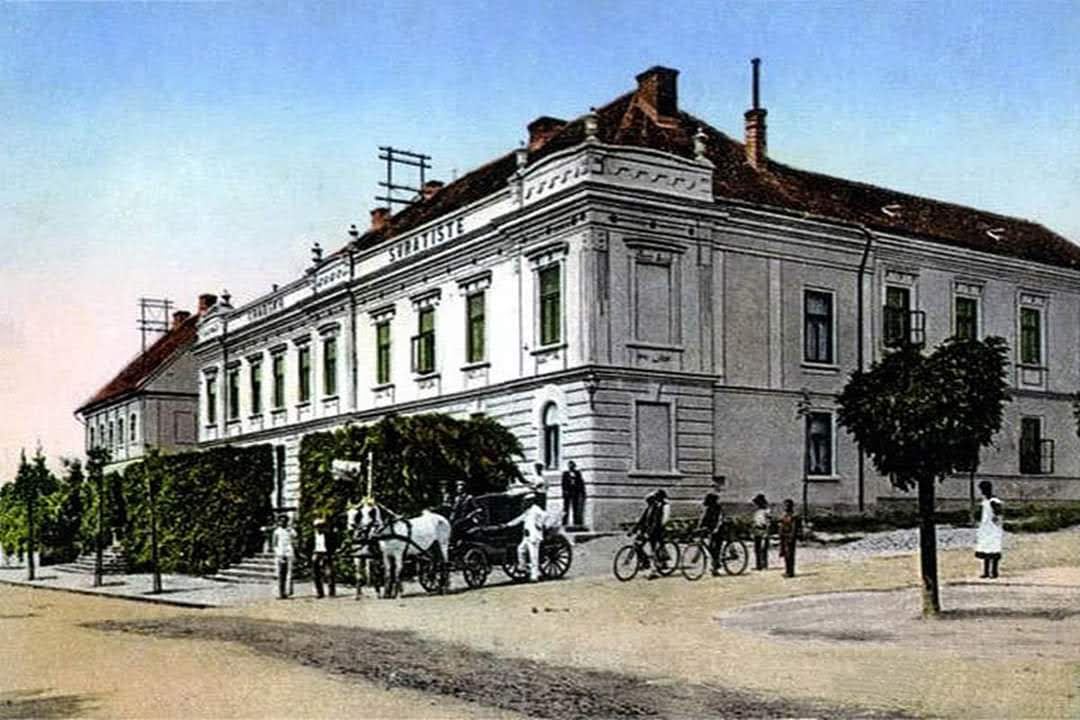 Croatian Home (Hrvatski Dom). At the time of this image, the building was located on Banska street. Today, it is known as Matije Gupca street
Croatian Home (Hrvatski Dom). At the time of this image, the building was located on Banska street. Today, it is known as Matije Gupca street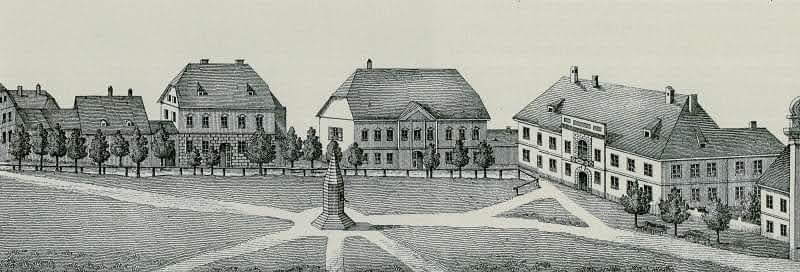
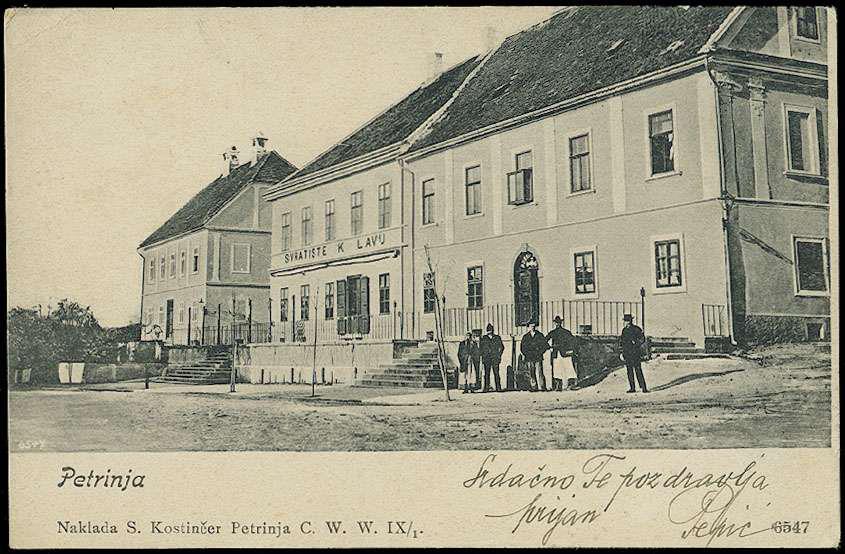

Croatian Home (Hrvatski Dom) on Banska street (today's Matije Gupca Street)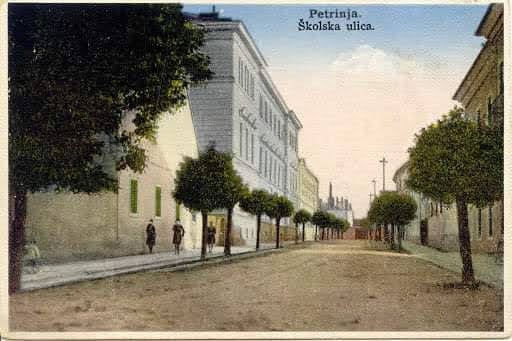
Formerly Školska street, this street is today known as Gundulićeva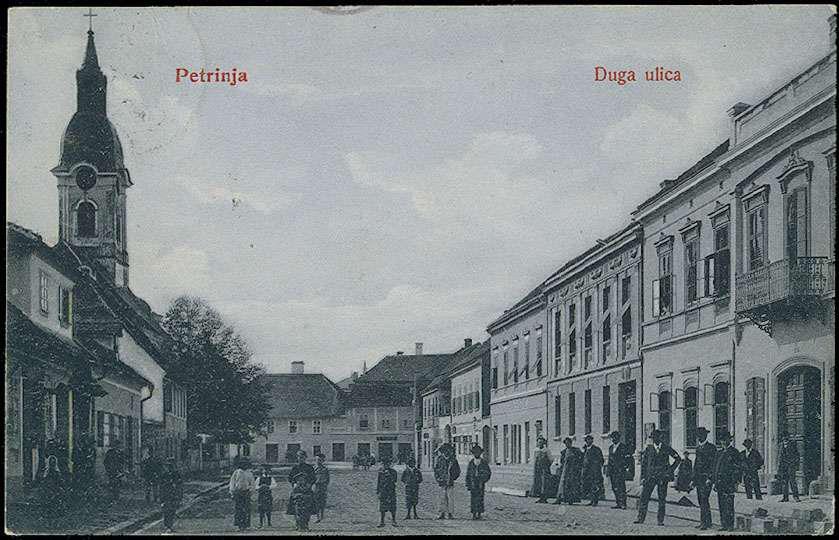
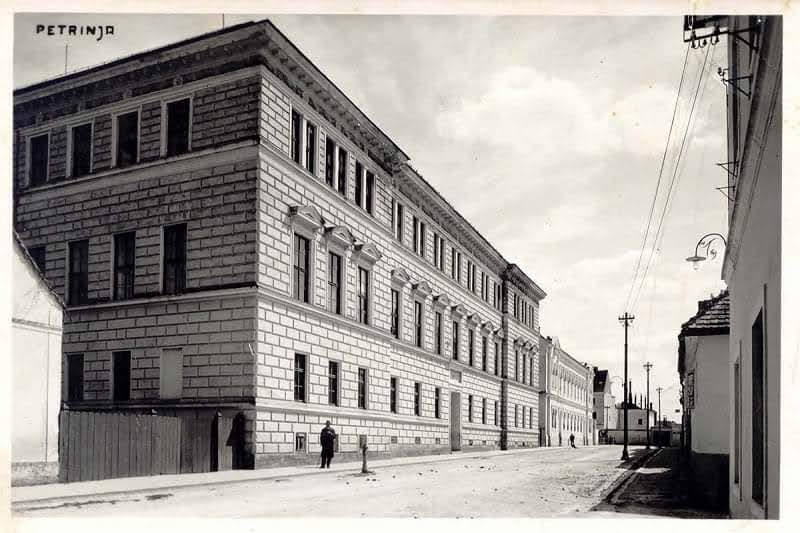
Today's secondary school building, formerly a teacher training school and a grammar school on Školska street (today's Gundulićeva)
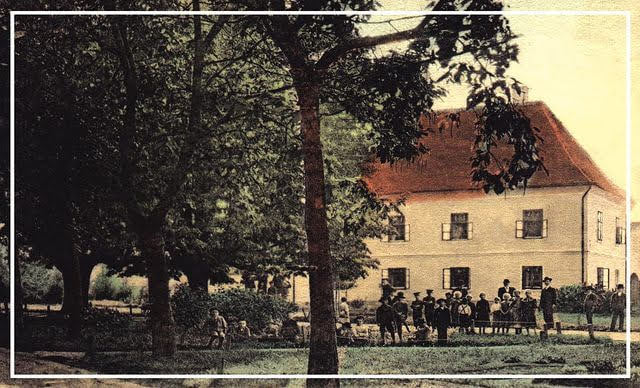
View of the former town courthouse from Petrinja town park
The town of Petrinja occurs where the river Petrinjčica meets the river Kupa , about 13 km southwest of Sisak and about 48 km southeast of Zagreb. Historic Petrinja is the capital of an area today known as Banija or Banovina (both are correct). The prefix 'Ban' refers to the title of a royal appointed 'duke', or similar, who used to run the area (or not) when it was part of the Austrian empire.
Many people have travelled very far to help the relief efforts since the earthquake of late December 2020. Because some people have no homes, no electricity, no food, no jobs, no heat. And it is the middle of winter. Others stay at home and argue online about whether the area should be referred to as Banija or Banjovina. How - and if - you judge such a debate is entirely your choice.
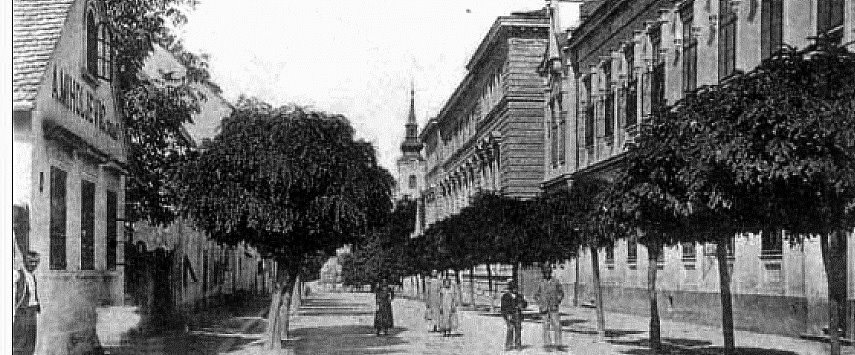
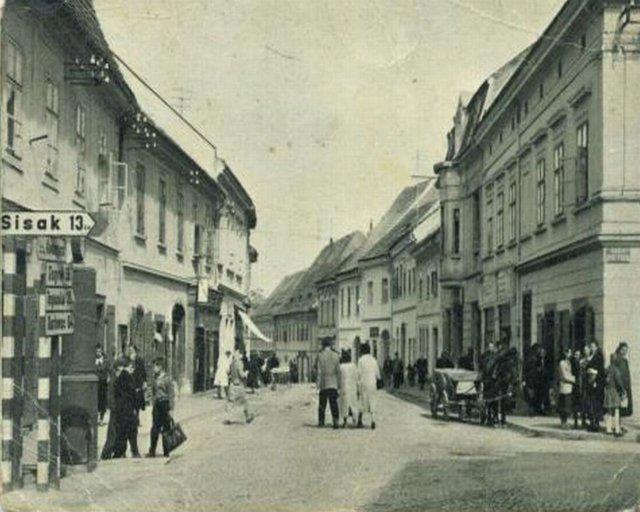
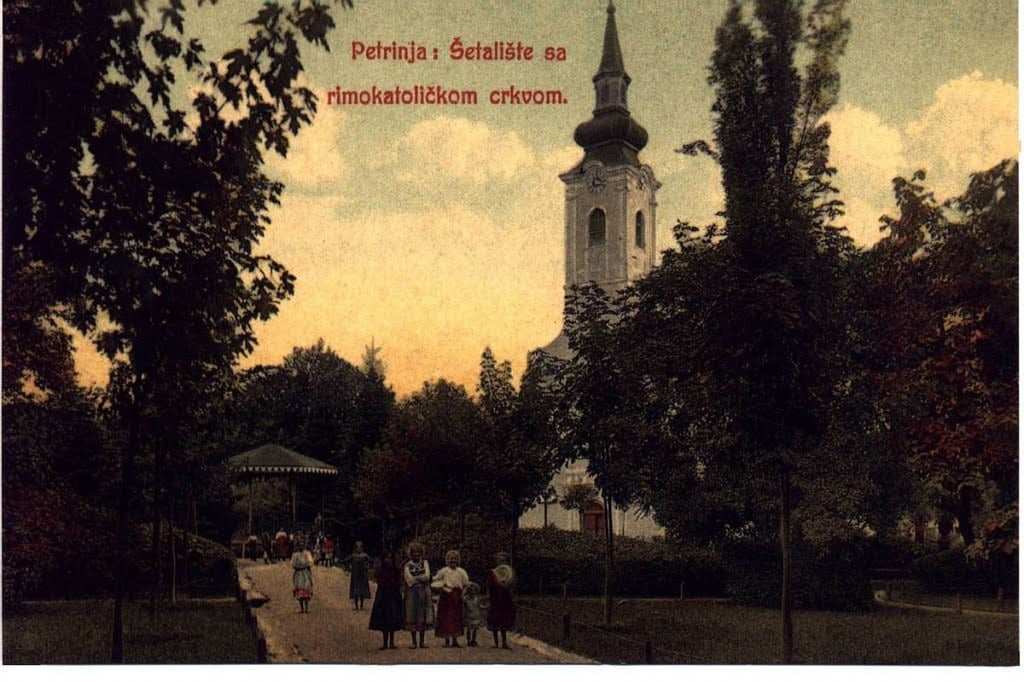
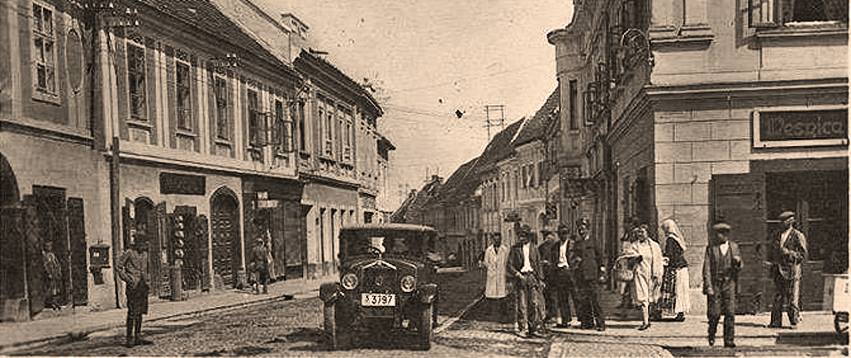
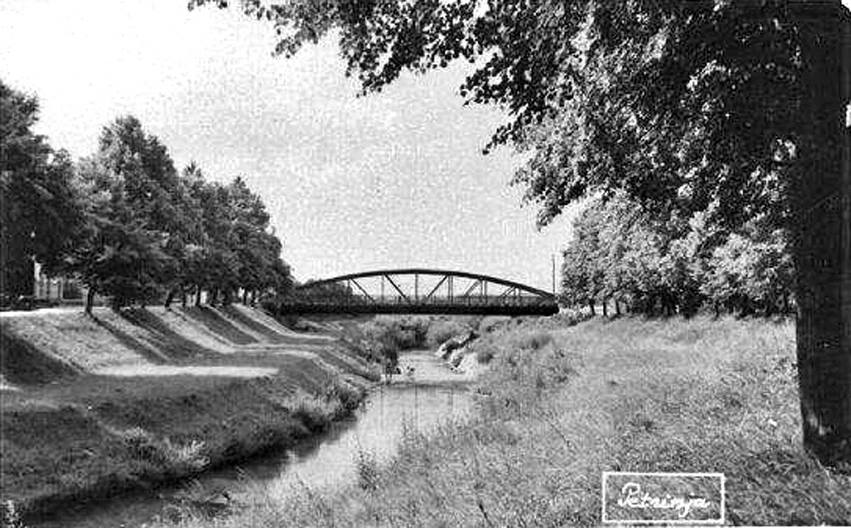
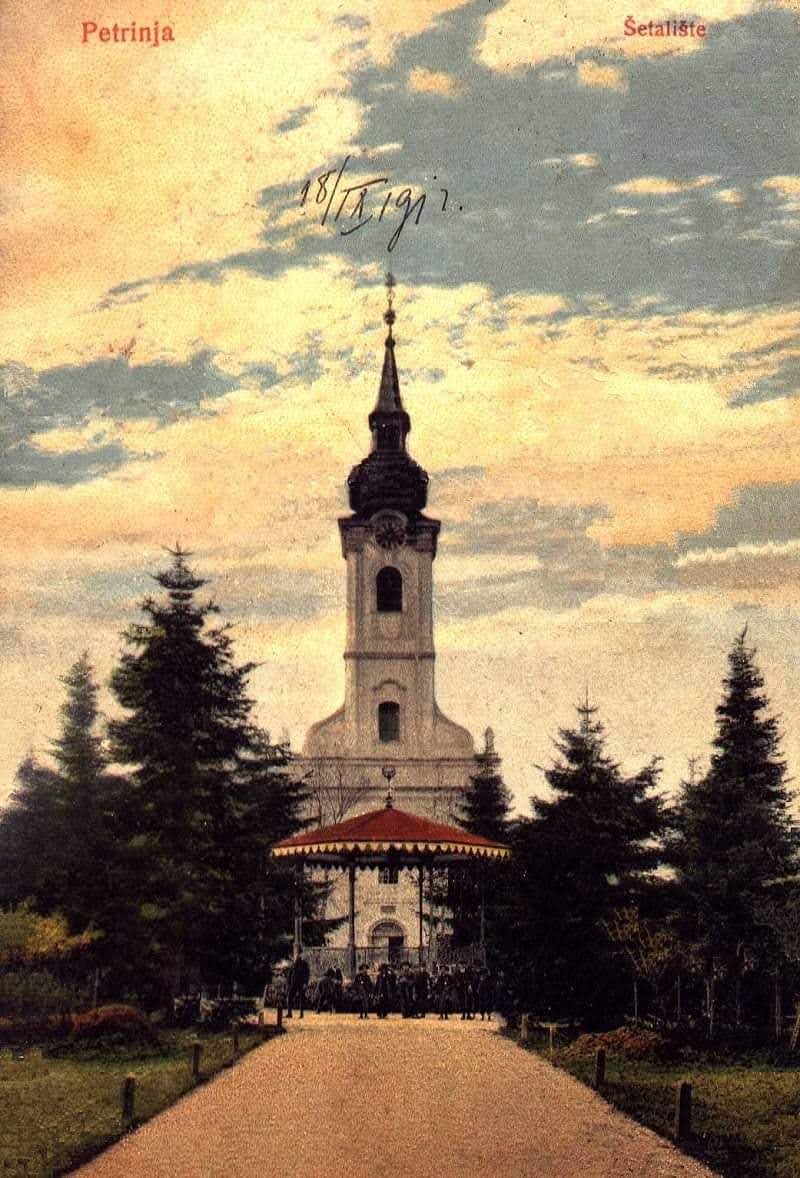 Church of St. Lawrence in the town park
Church of St. Lawrence in the town park
After fleeing from the invading ottomans, the Gavrilović family located in the area of historic Petrinja during the mid 17th century. In the year 1773, the Empress Marija Teresa decided Petrinja would be a centre of craft guilds, including the butcher's guild, of which the Gavrilović family were a part.
In the early 1800s, the Gavrilović family became the main suppliers of meat for Napoleon’s troops located here, on the former military frontier. By 1883, long after the departure of the French, the Gavrilović meat factory employed 50 people and slaughtered 50 pigs a day. It became Croatia's first salami, sausages and cured meats factory.
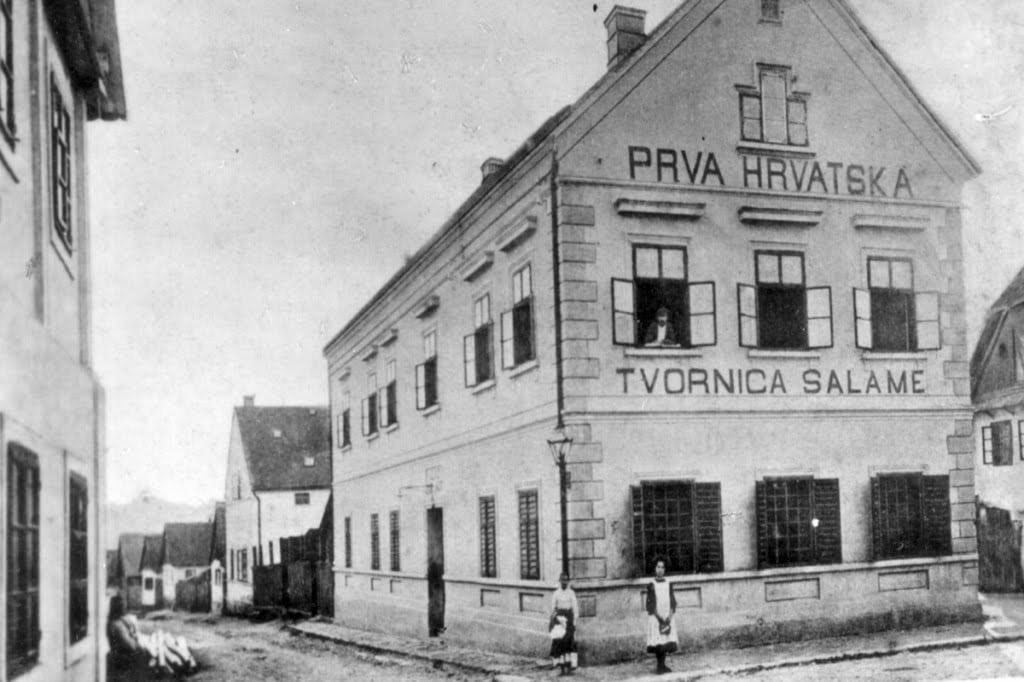 Croatia's first salami factory on Srnakova / Gundulićeva street
Croatia's first salami factory on Srnakova / Gundulićeva street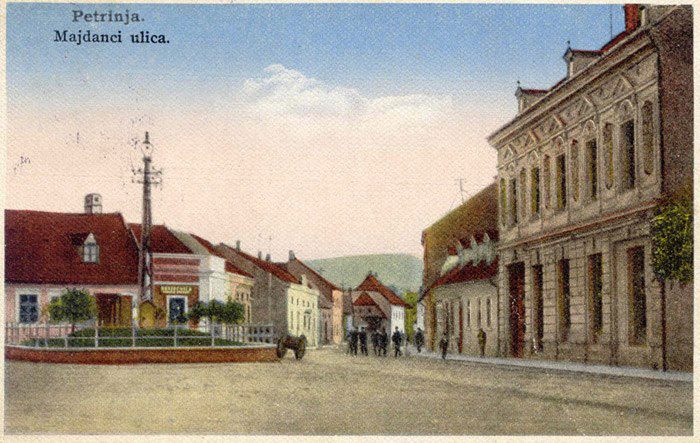
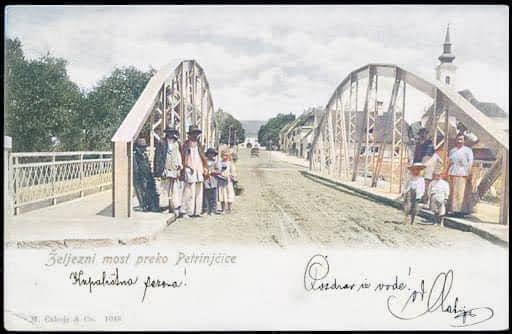
Iron bridge over the river Petrinjčica, Matije Gupca Street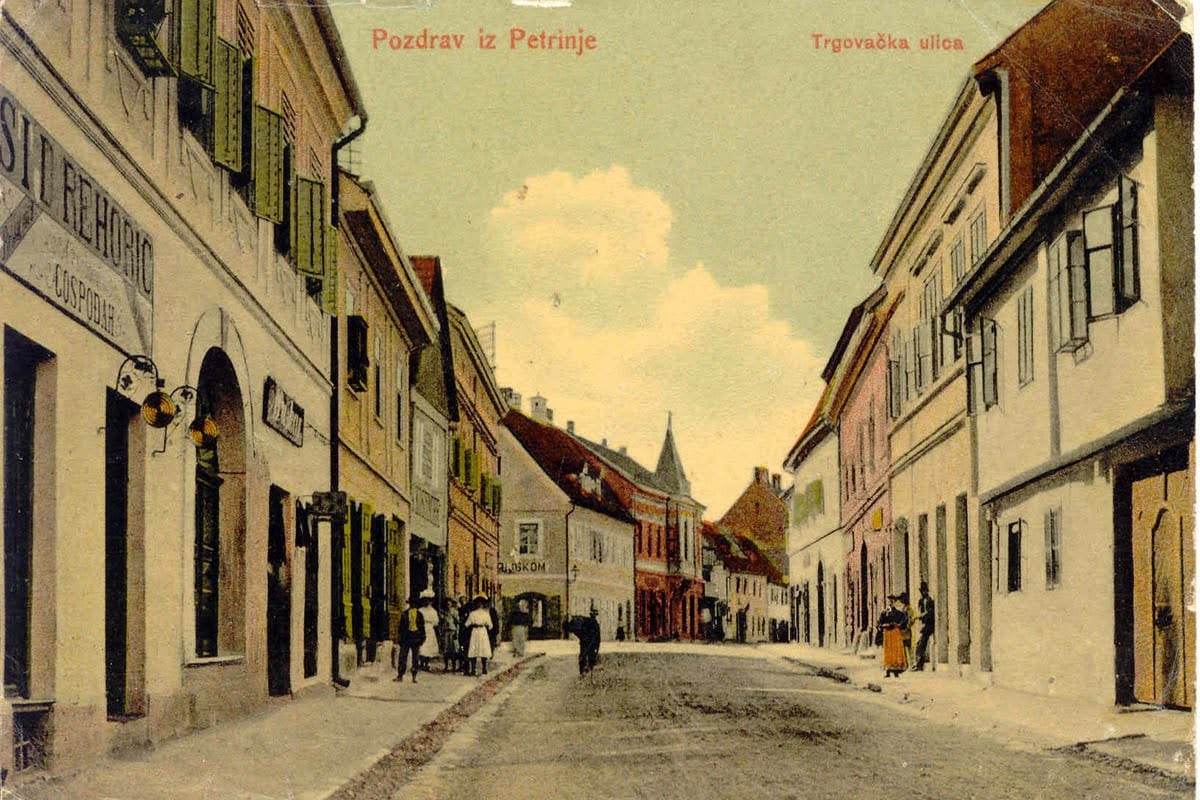 Trgovačka street, today known as Nazorova street
Trgovačka street, today known as Nazorova street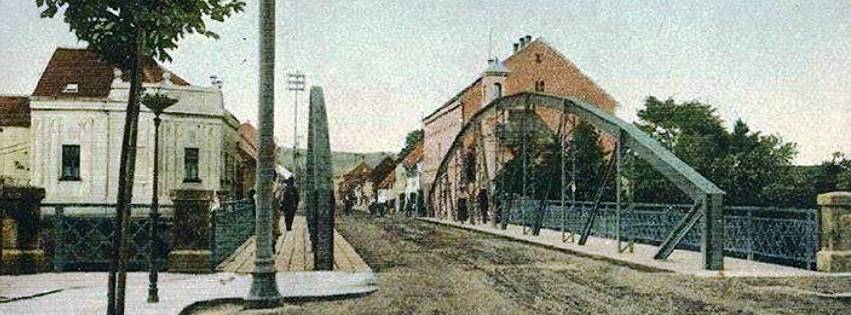
The town dates back to at least the 13th century, as does its first fortifications, built to stand against the invading Tartars. The city was granted free royal status during this time for its defence against these invaders
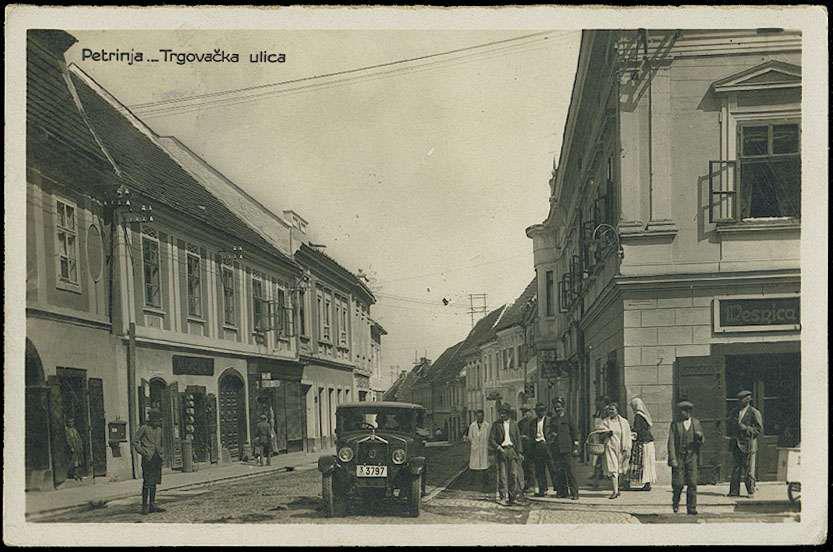
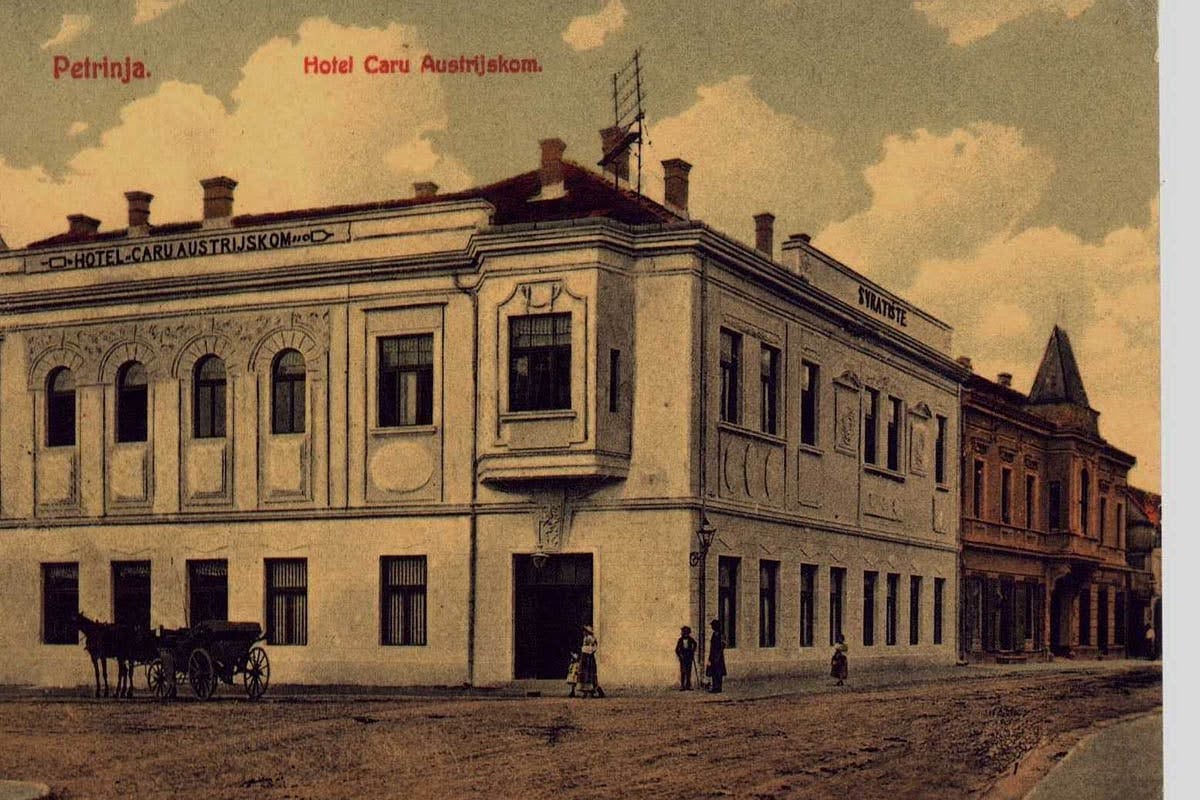 The town hotel, on Turkulinova / Nazorova street
The town hotel, on Turkulinova / Nazorova street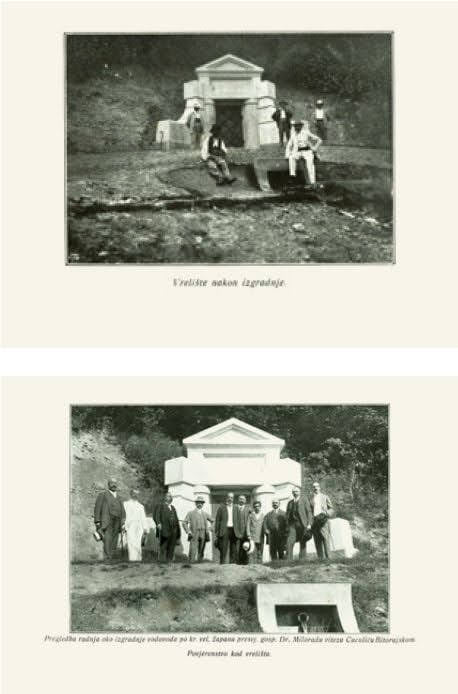
Petrinja springhead/water source on Jelen hill
The grand opening of the city waterworks, on the hills overlooking Petrinja
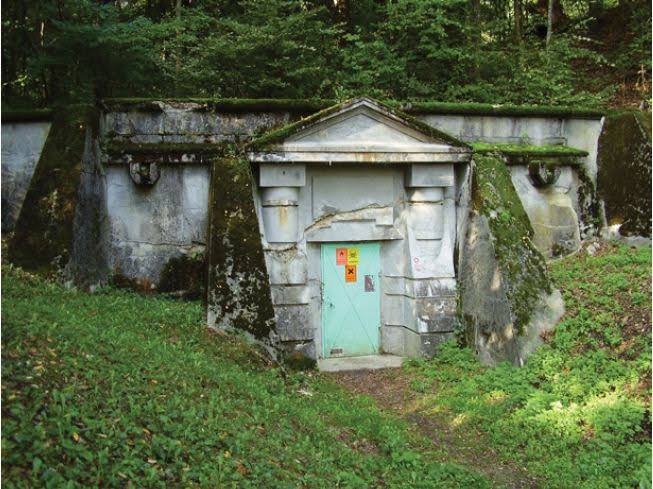 Contemporary view
Contemporary view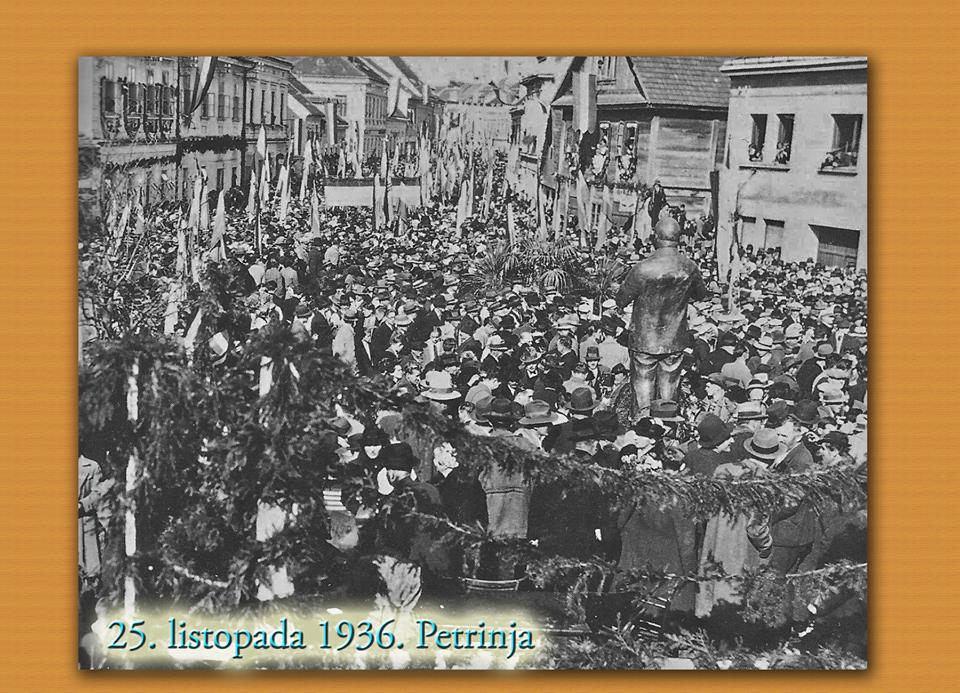
Historic Petrinja: The Yugoslav era
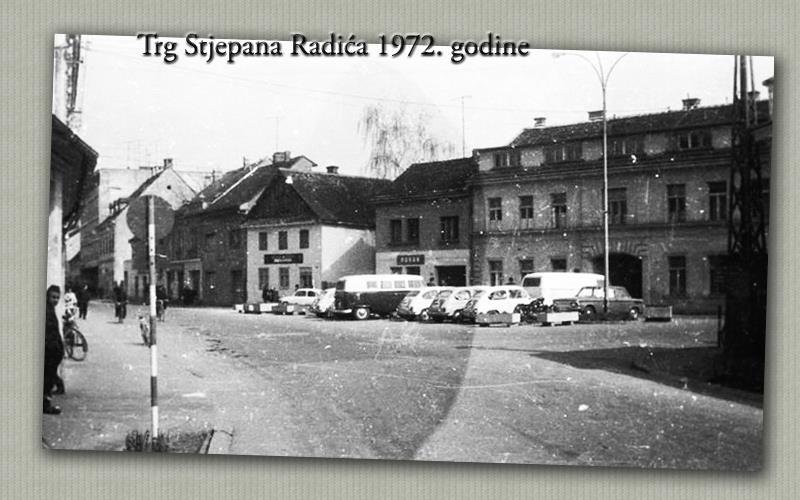
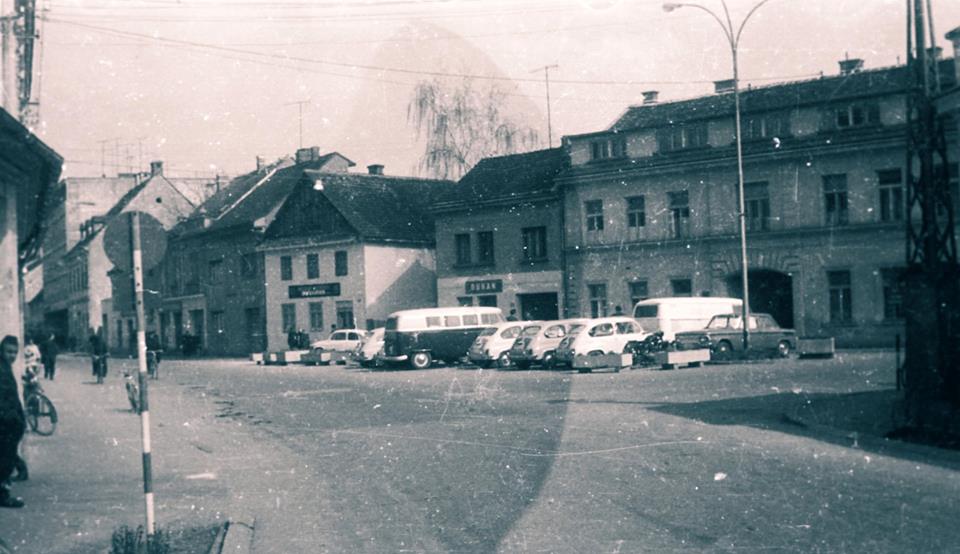
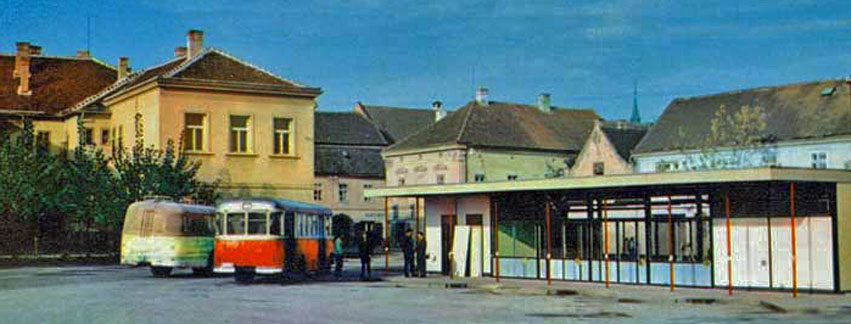
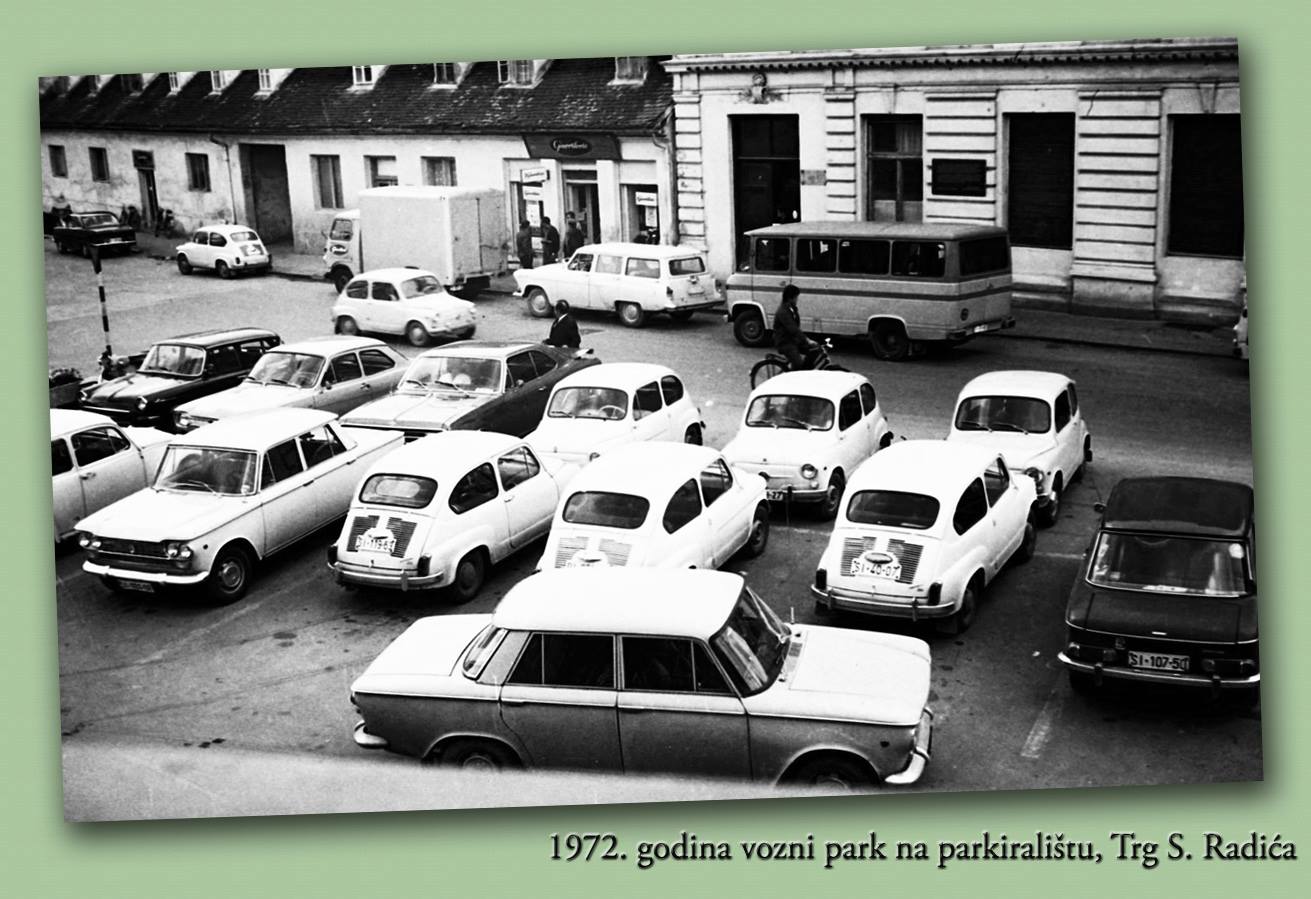
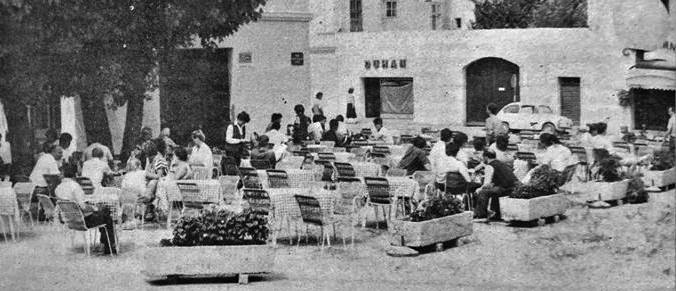
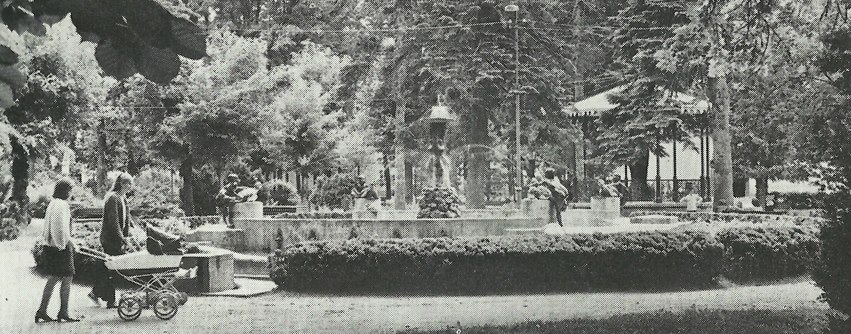
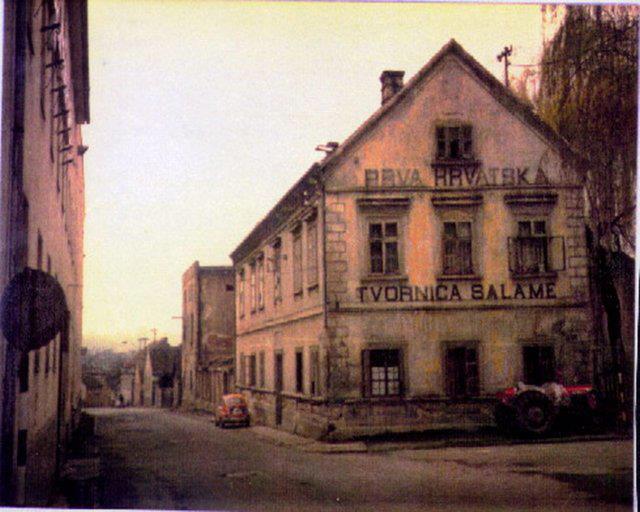
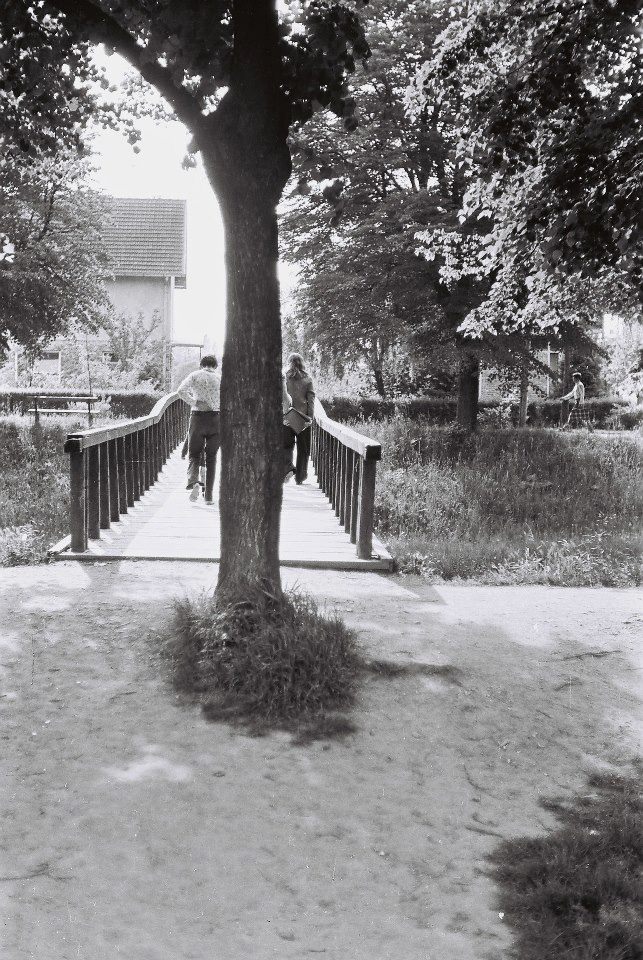
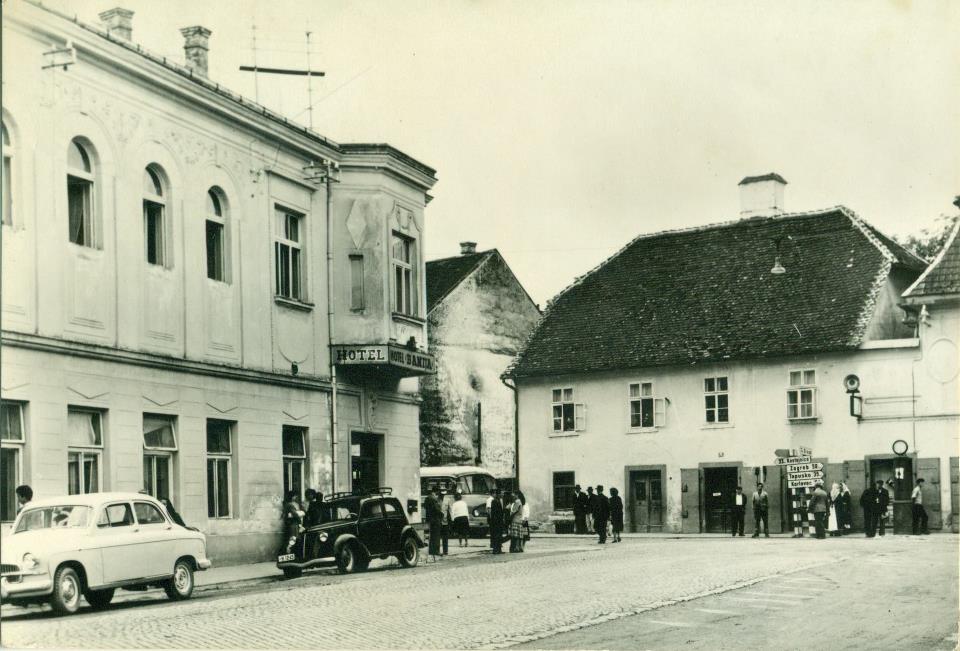
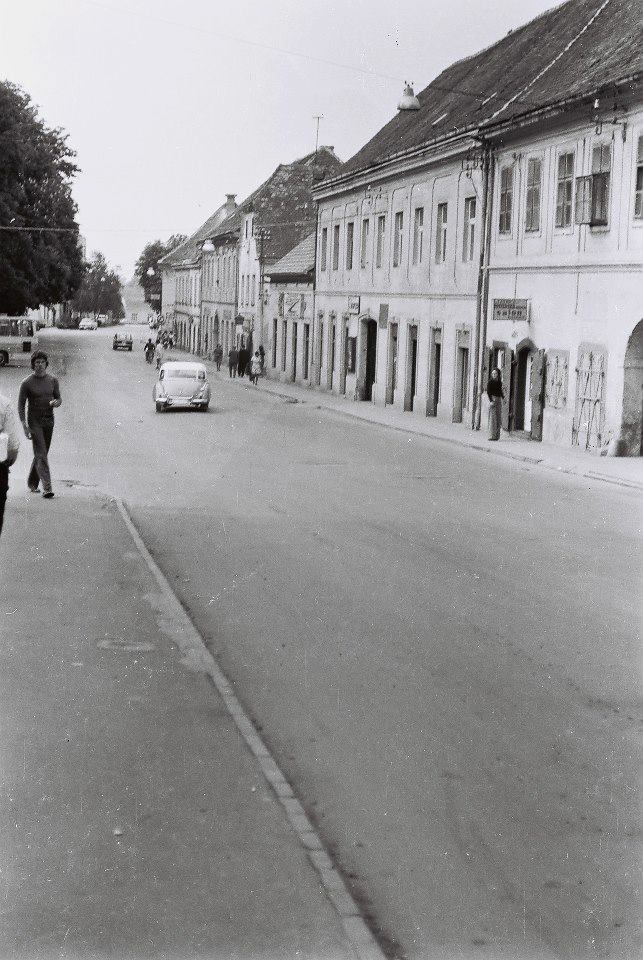
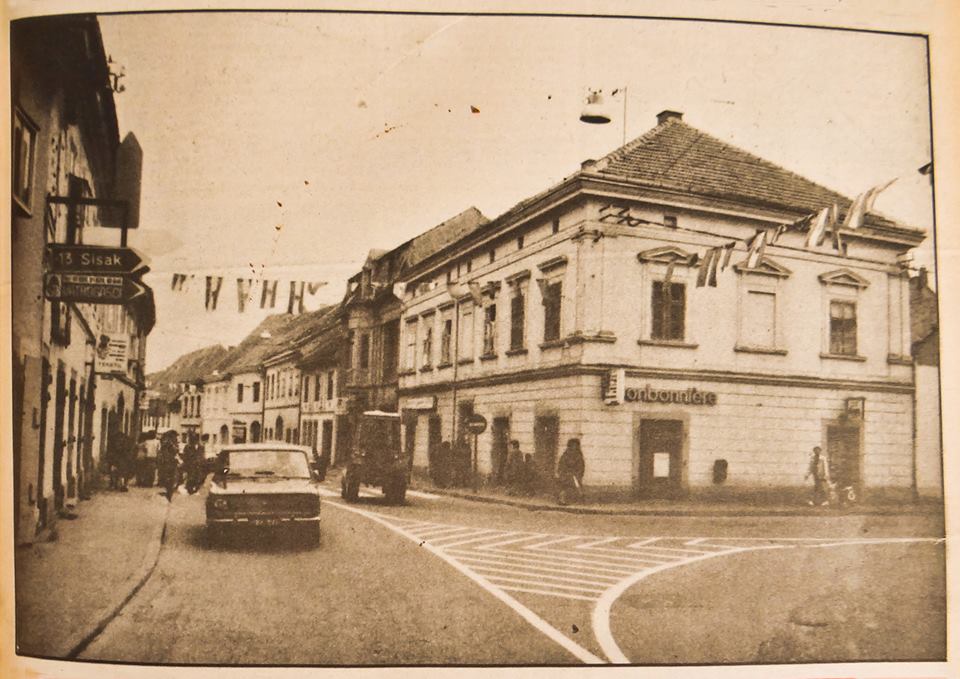
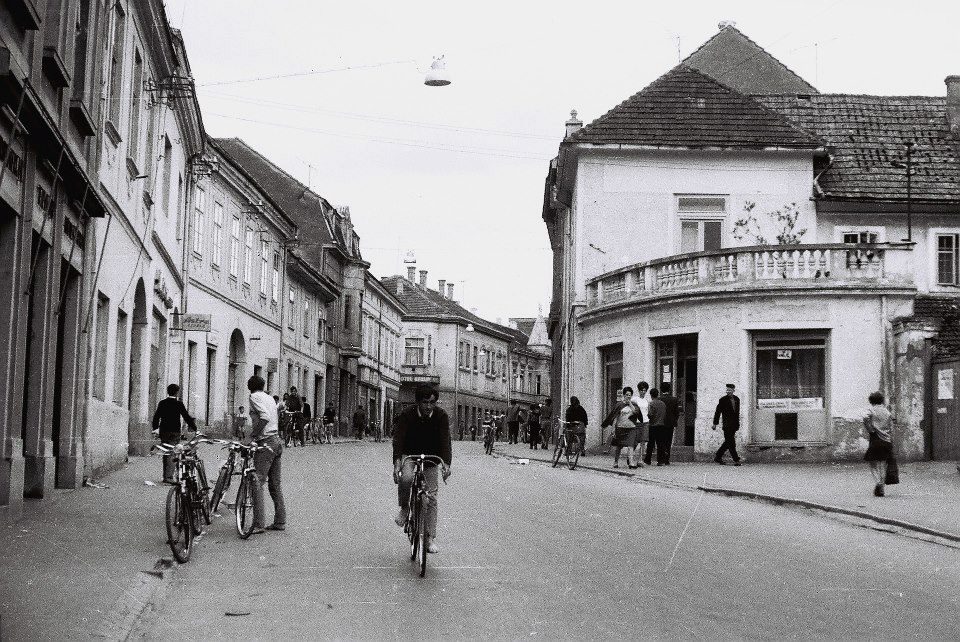
Petrinja has always been a town of the Christian religion. Many Orthodox Christians fled to the area to escape the invading Ottomans. The name of the town's most famous industrial family, Gavrilović, for instance, is more associated with Orthodox Serbia than Catholic Croatia. But, by 1948, over 82% of the town identified as Croatian. The town and surrounding areas were repopulated following the Second World War, for political and economic reasons. By 1981, 31.36% of the population of historic Petrinja and its surrounding settlements identified as Serbs, 39.31% as Croats and 24.69% as Yugoslavs. If you're not from the region, that might be difficult to get your head around.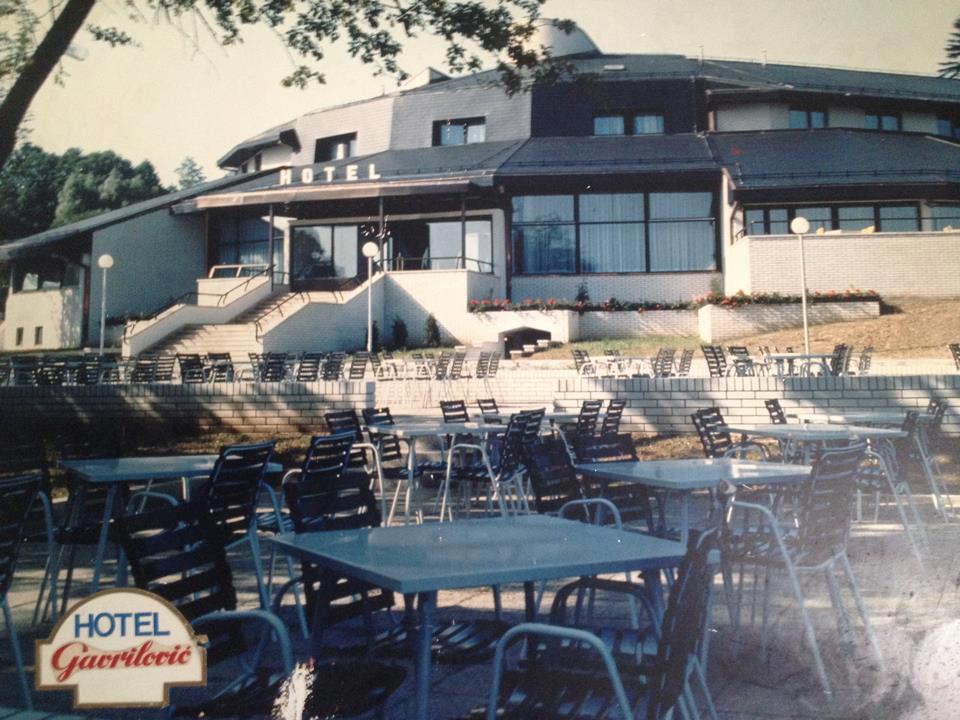
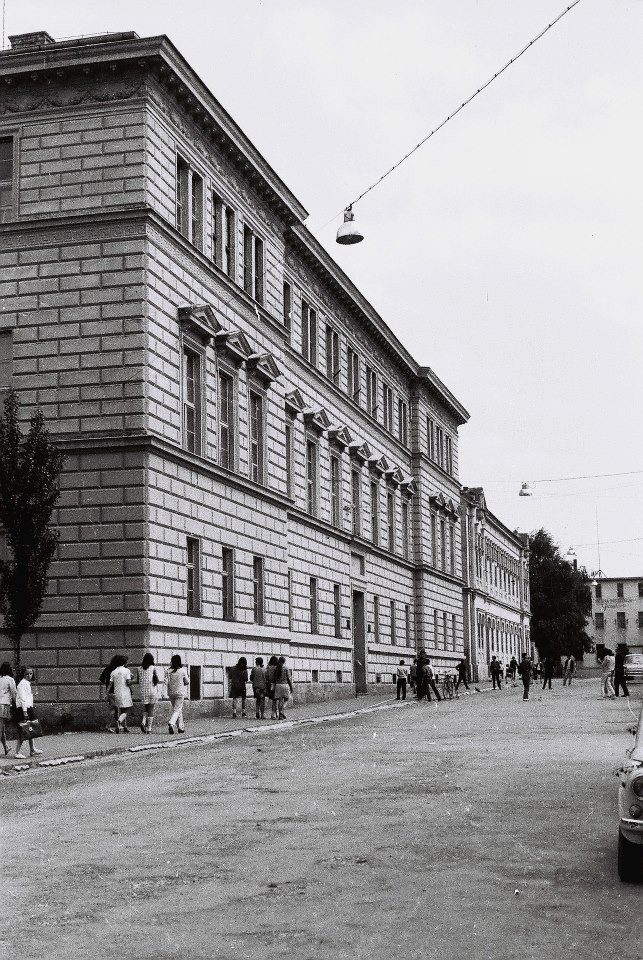
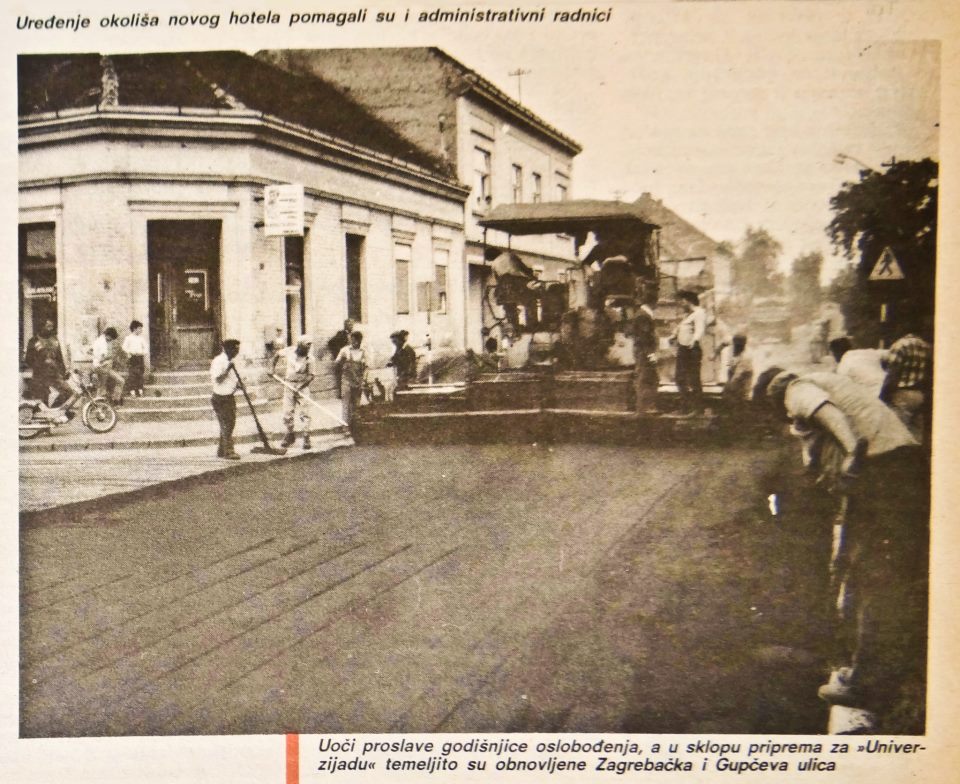
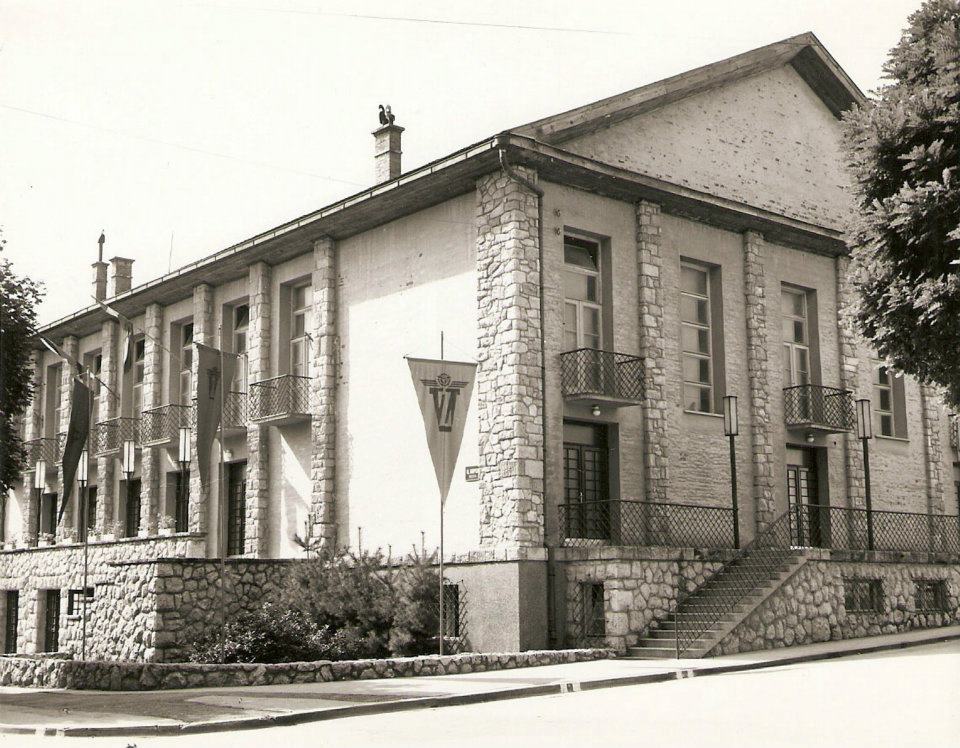
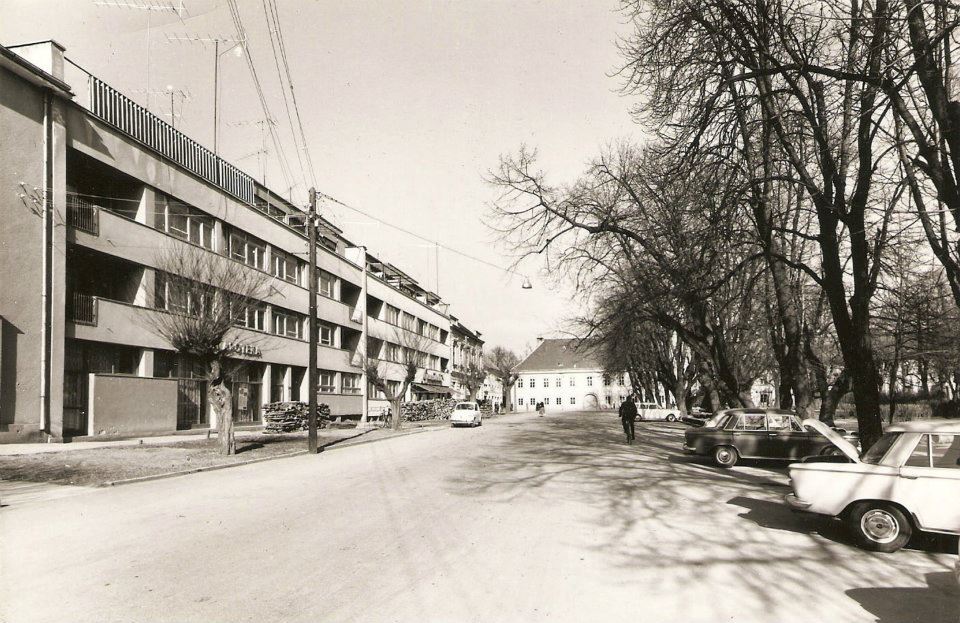

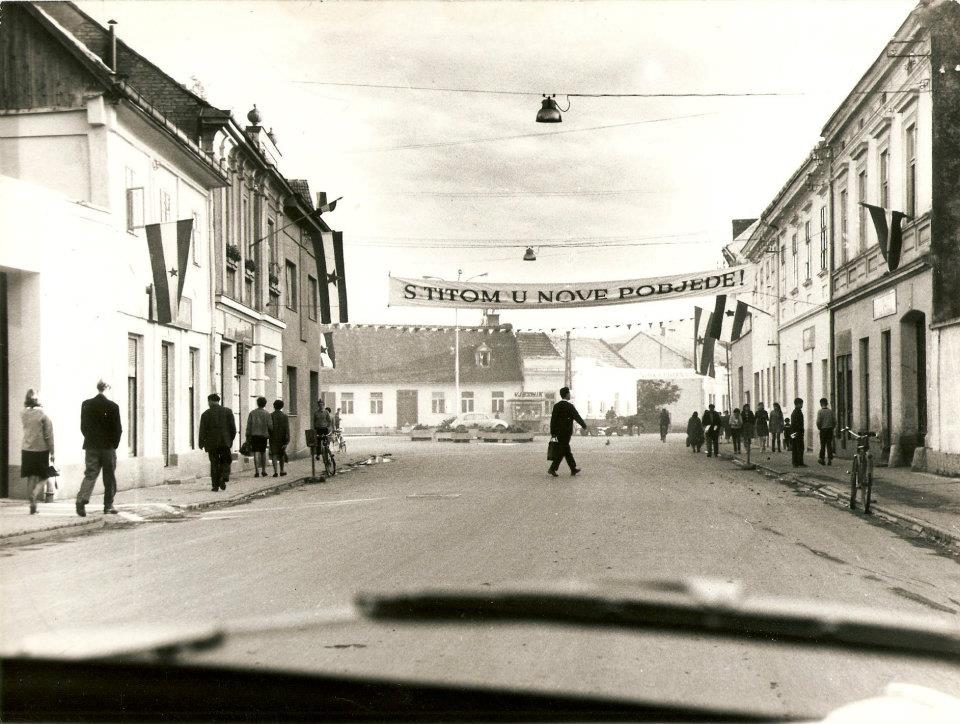
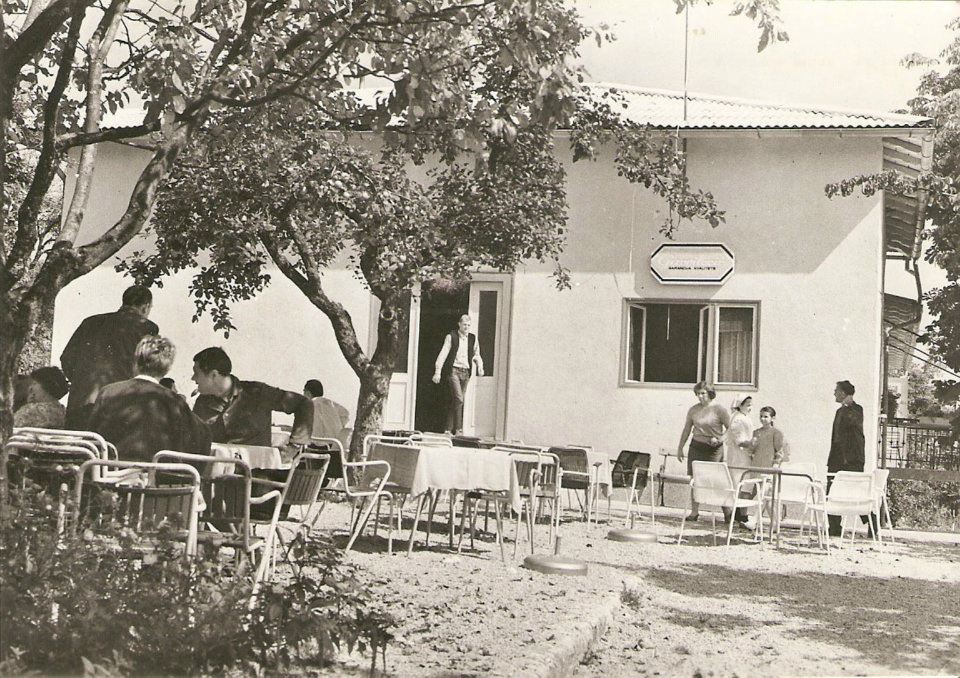

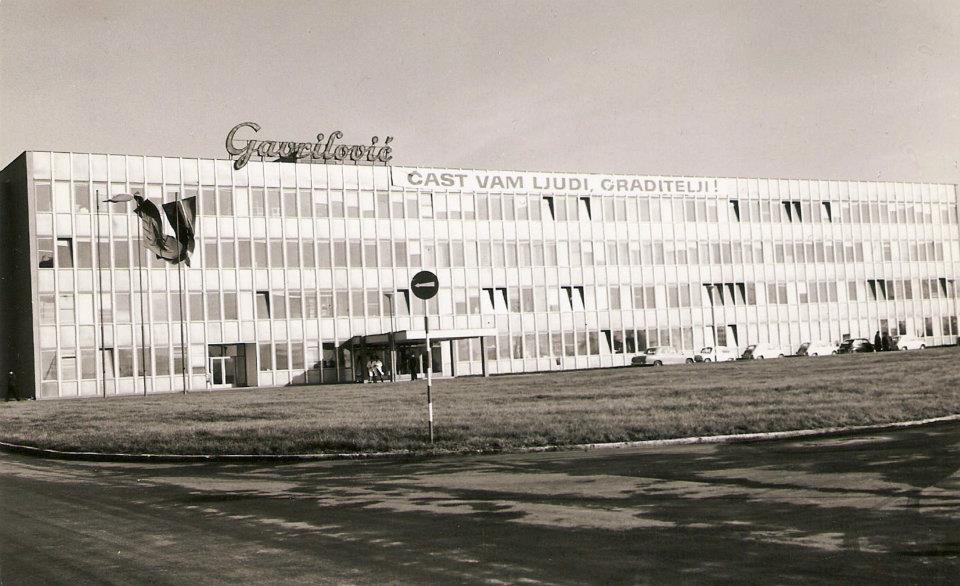
”Even in the times of the Iron Curtain, the Gavrilović company supplied meat to the American army who were stationed in some areas of southern and eastern Europe,” a resident of historic Petrinja tells TCN. “Everyone across Yugoslavia knew about this company. They had lots of great products – they still do! Many people used to work there,” Although the Gavrilović family fled the area after the Second World War, when the company was seized and nationalised by communist authorities, they came back in the 1990s to save it from bankruptcy. They returned production to the historic Petrinja area and today the company is run by the ninth generation of the Gavrilović family to be at the helm
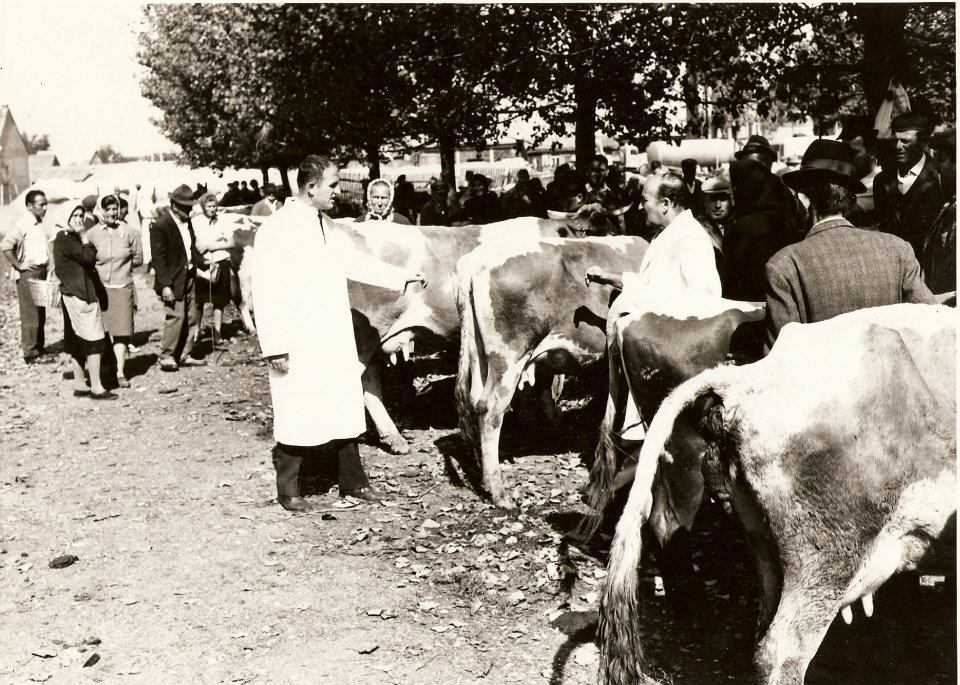
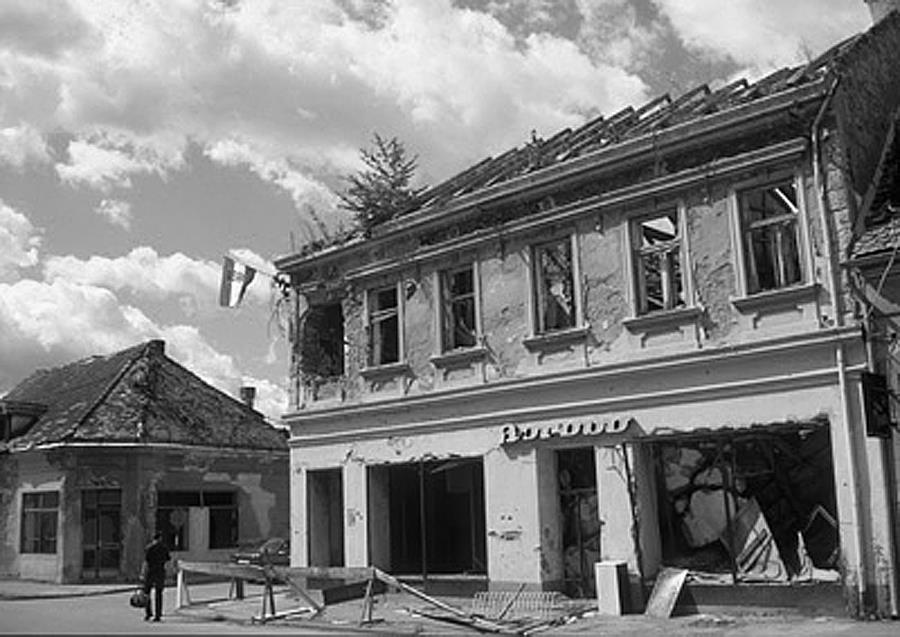

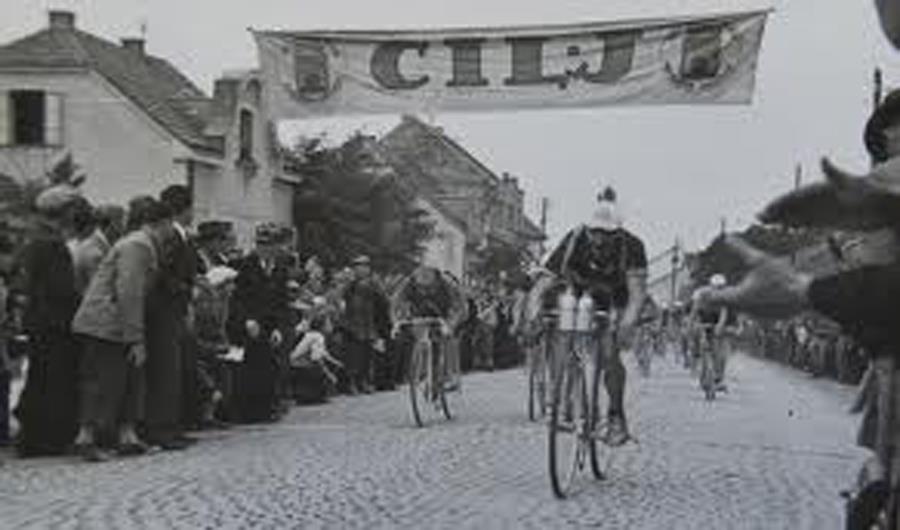
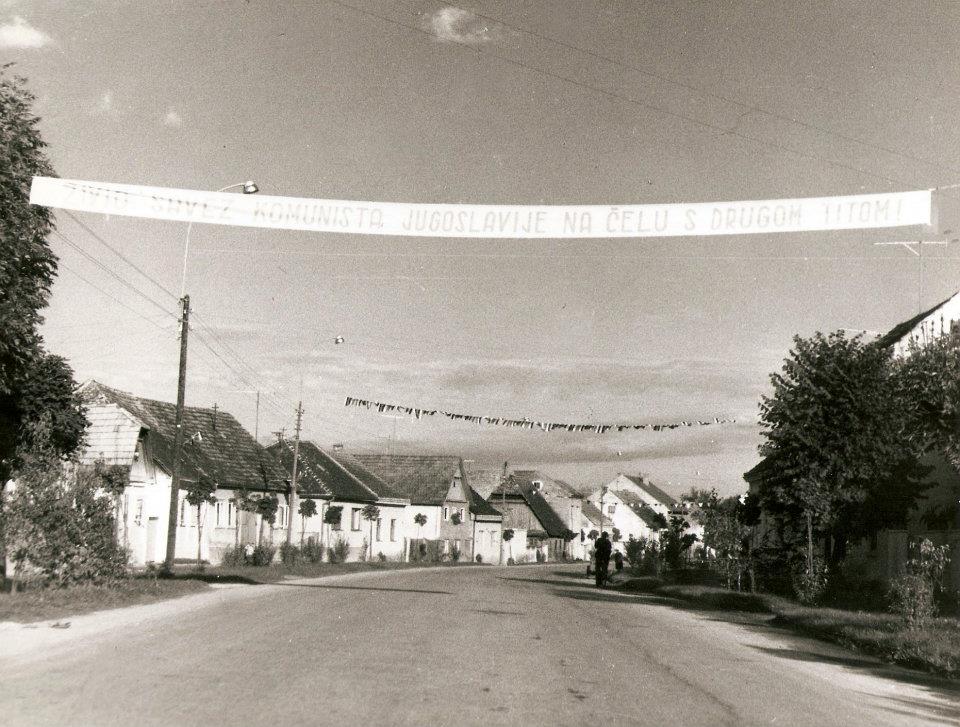
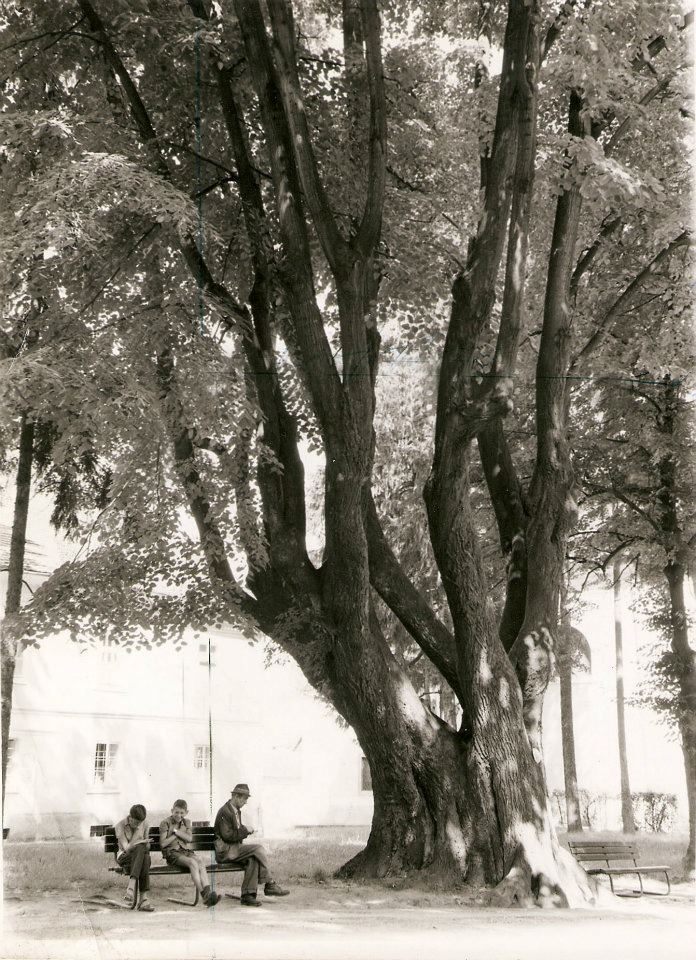

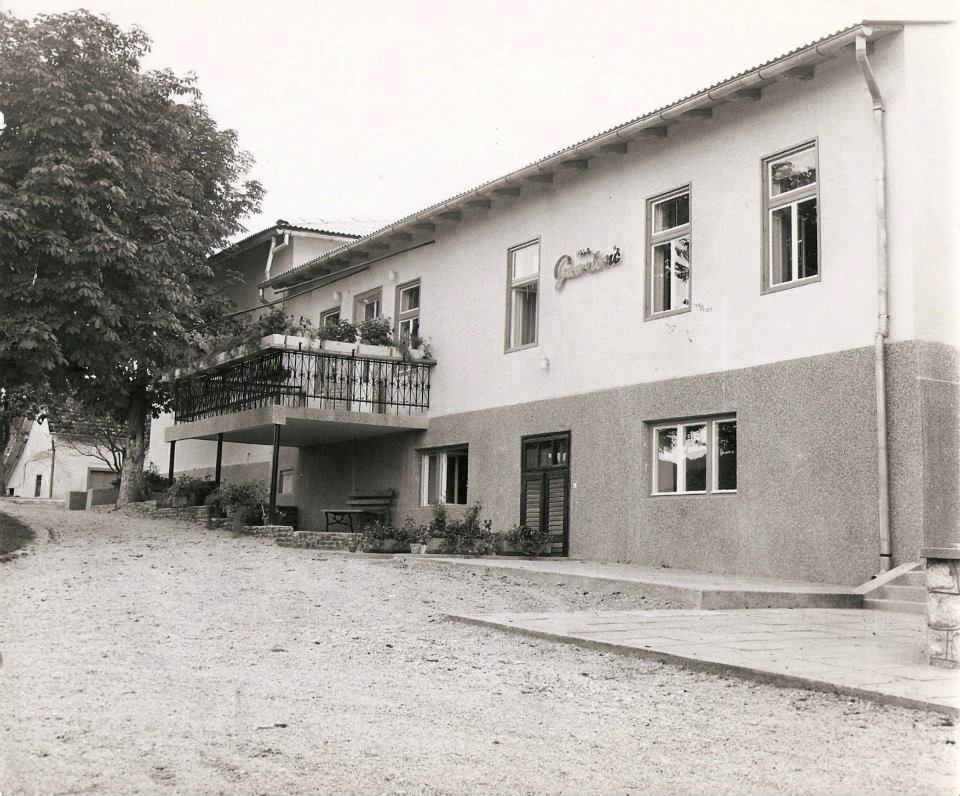
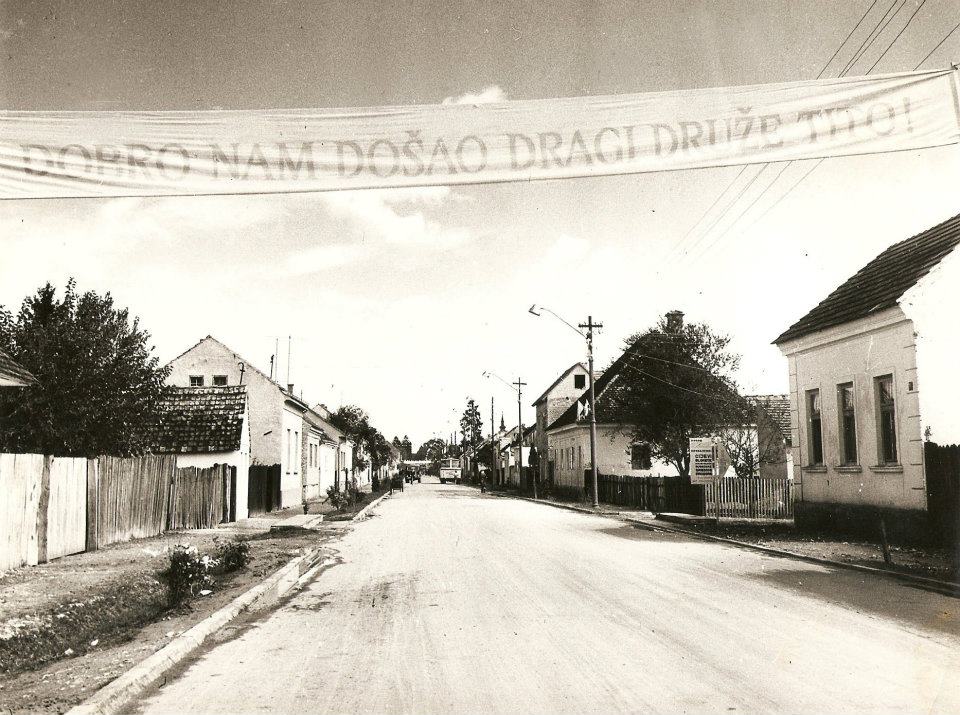
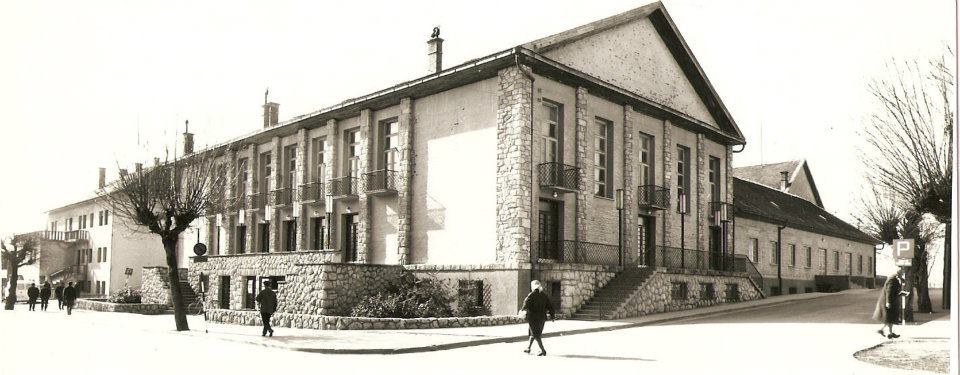

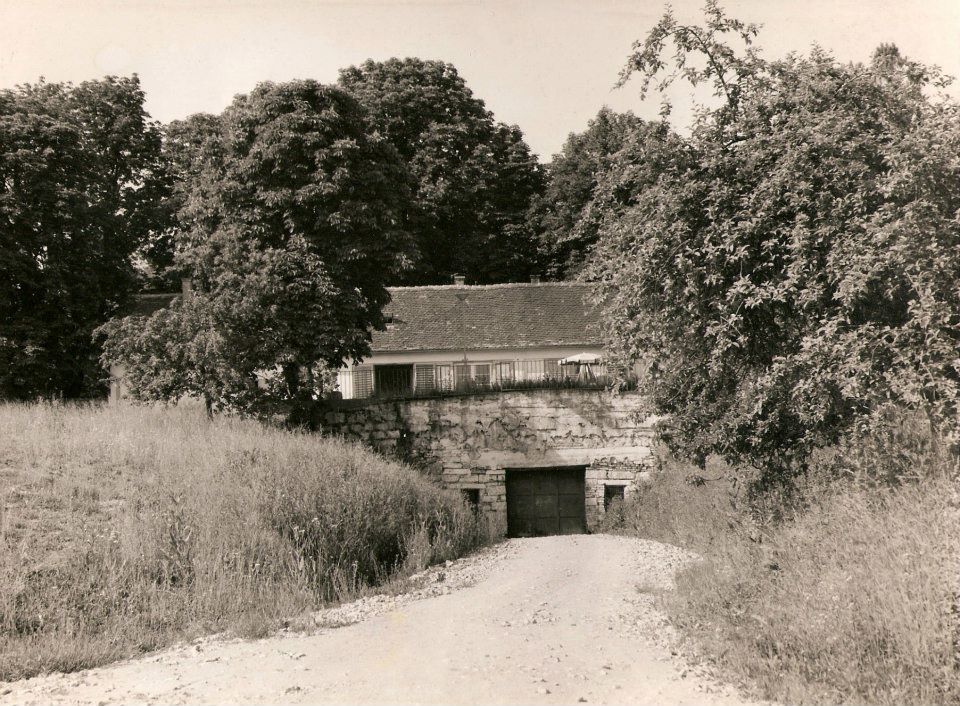
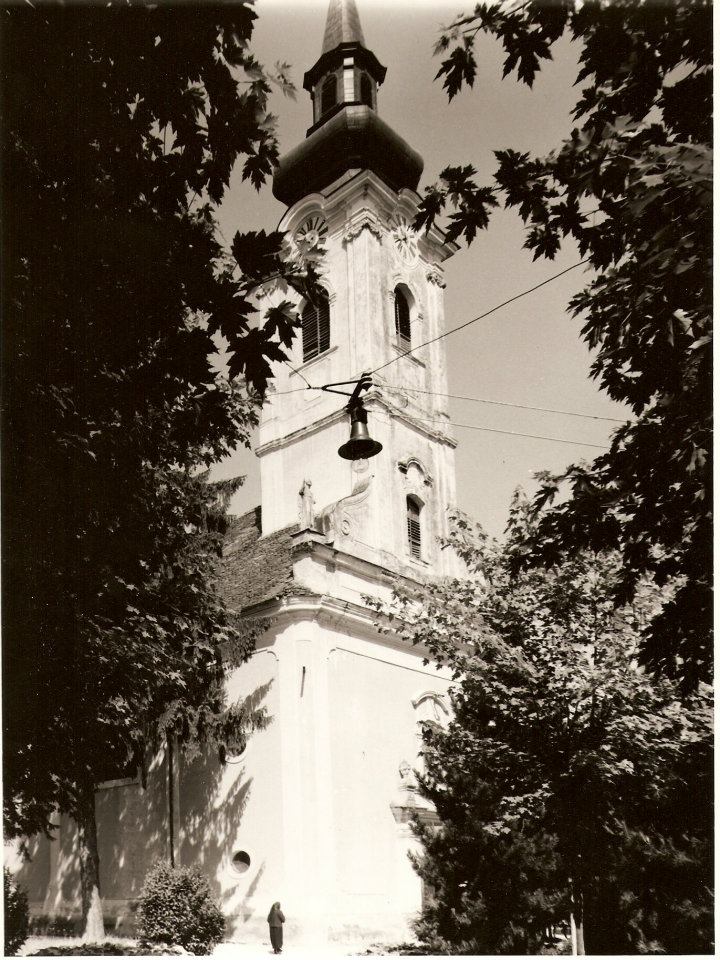
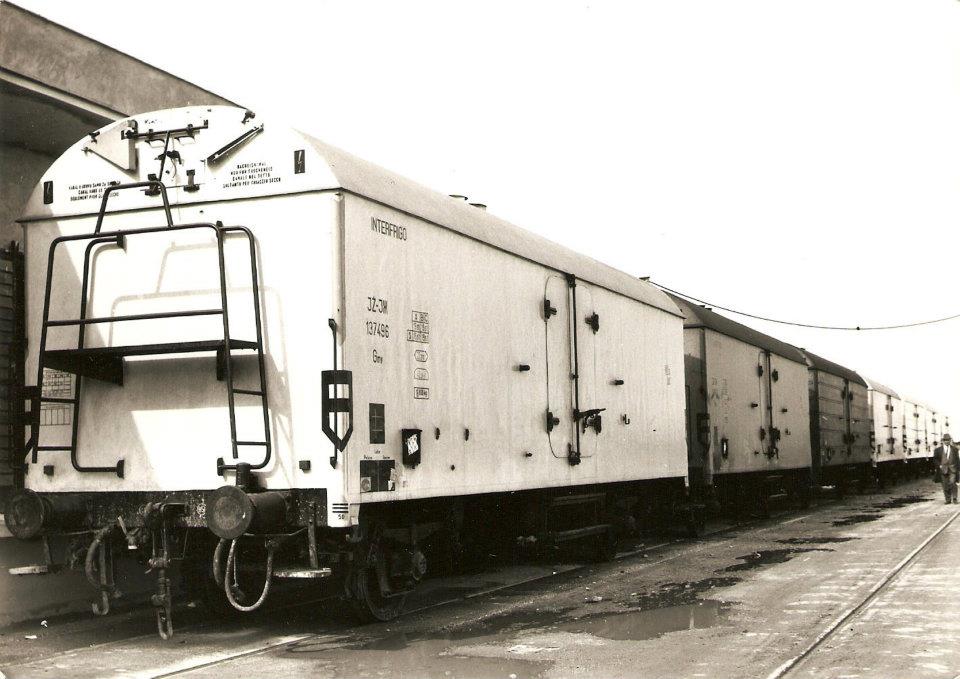
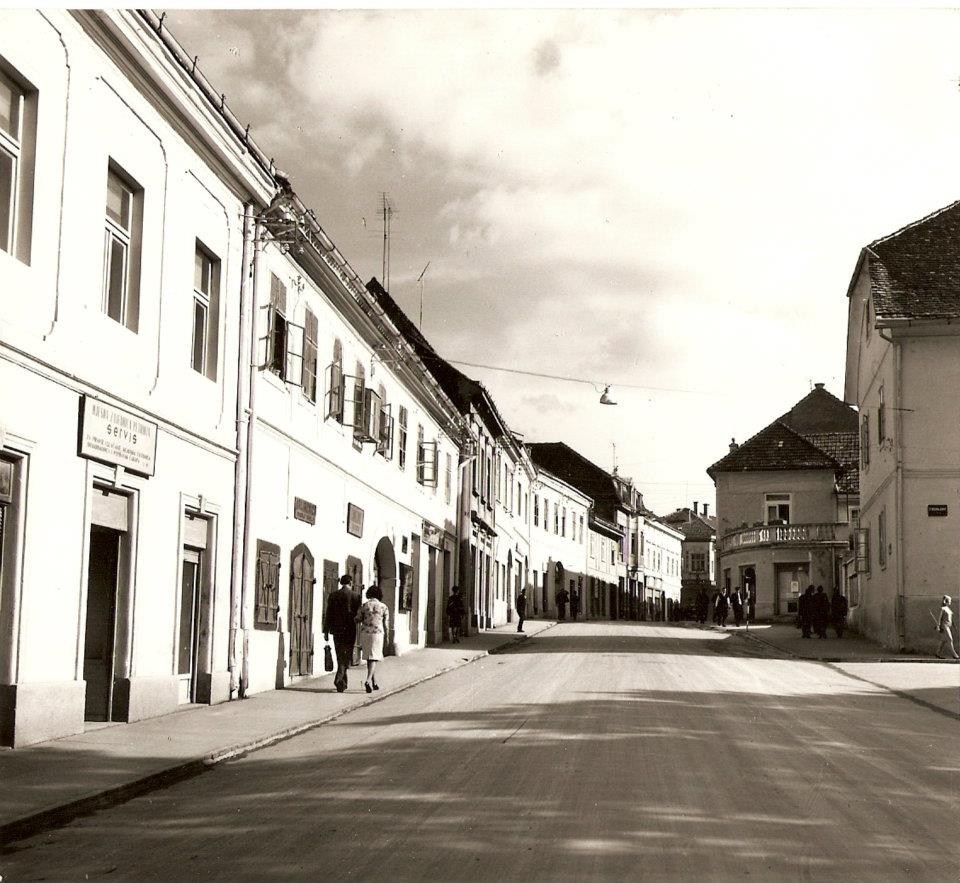
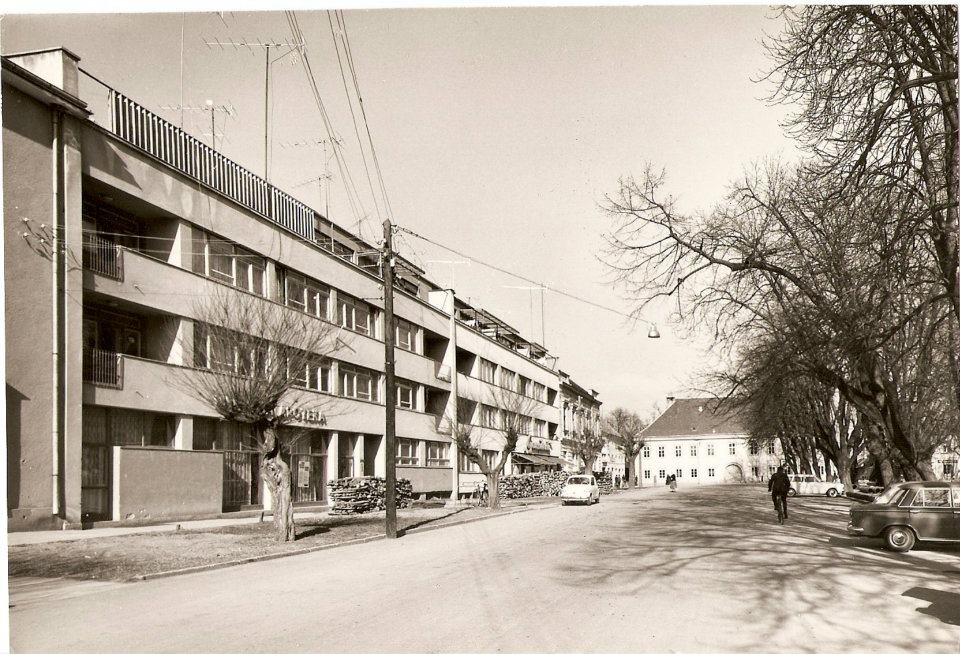
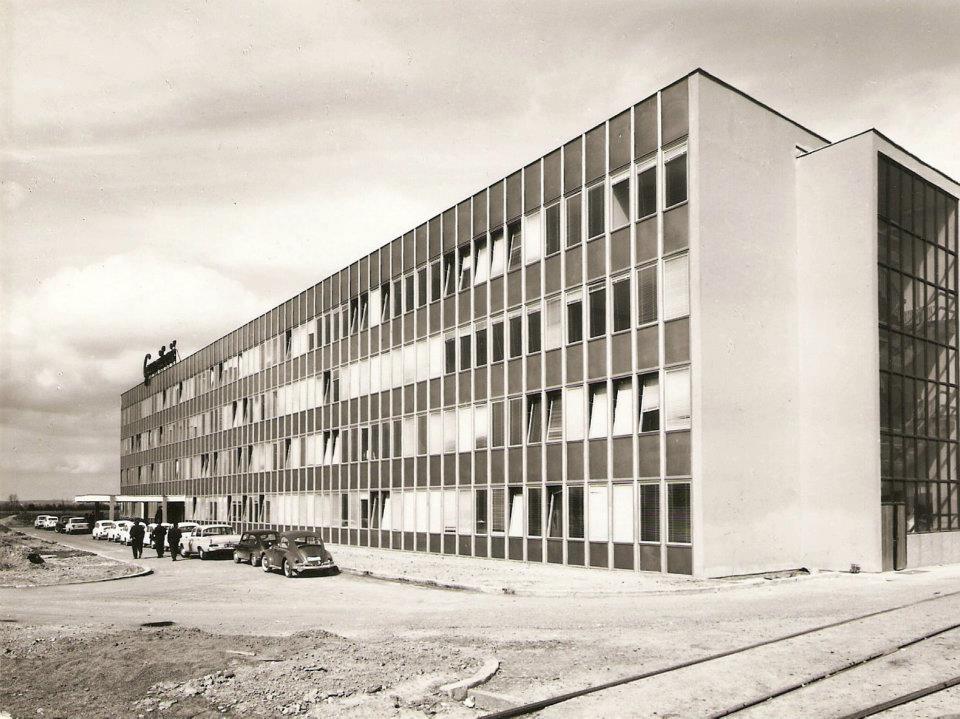
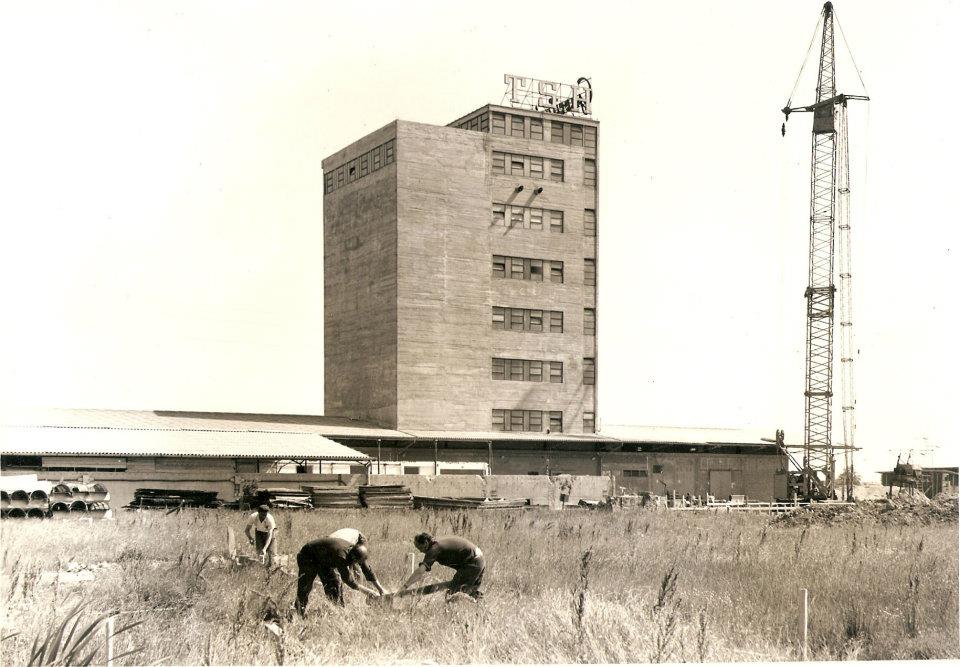

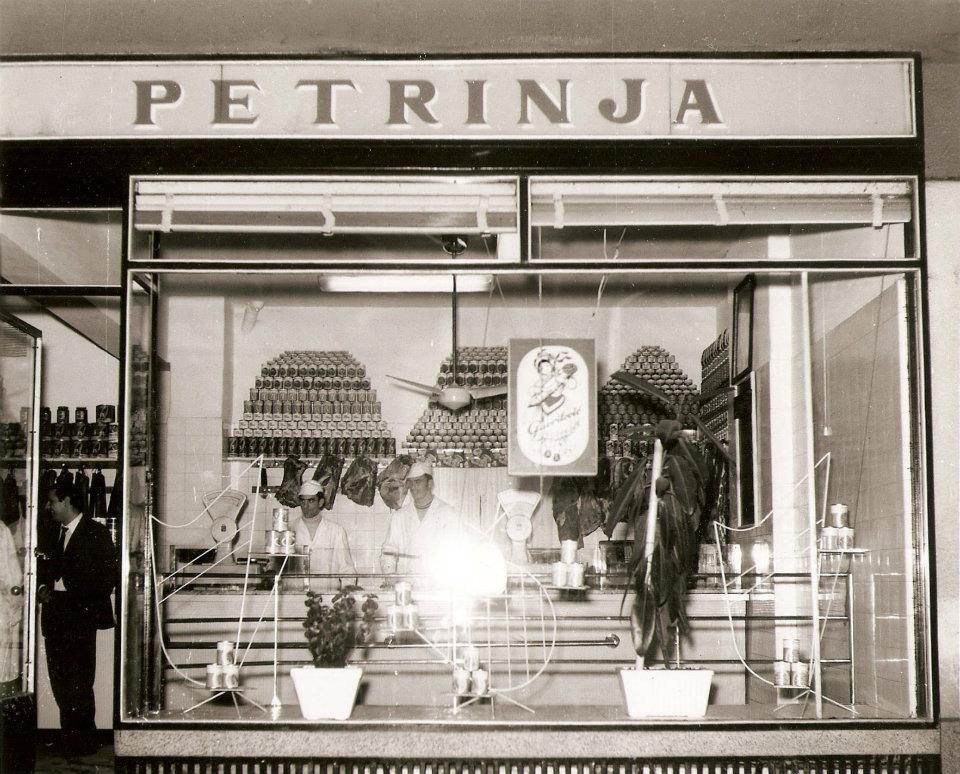
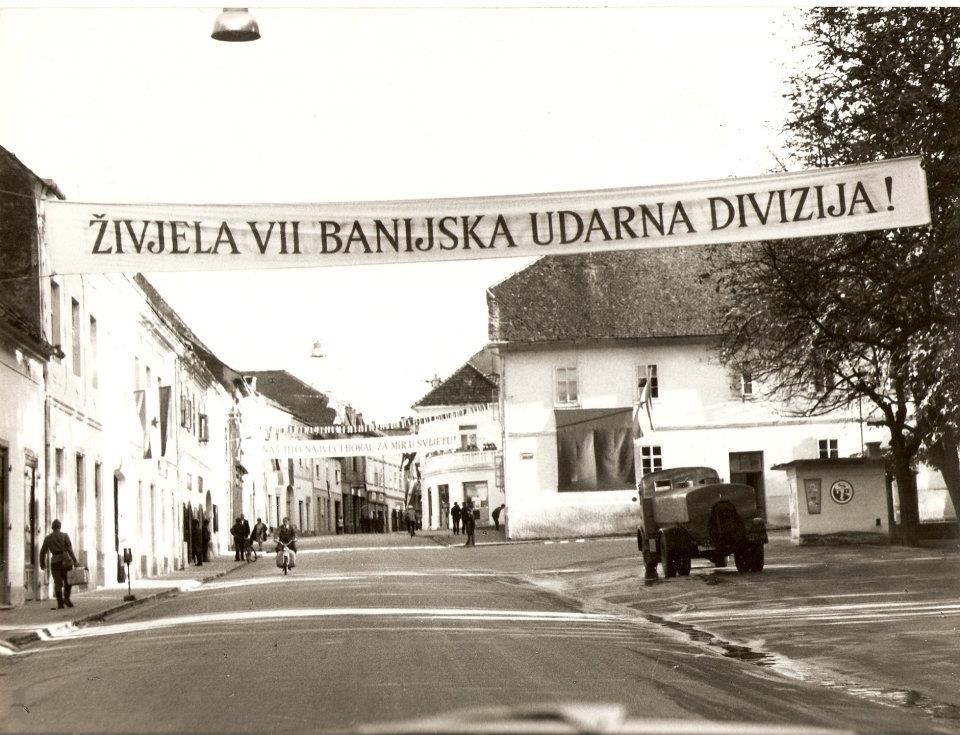
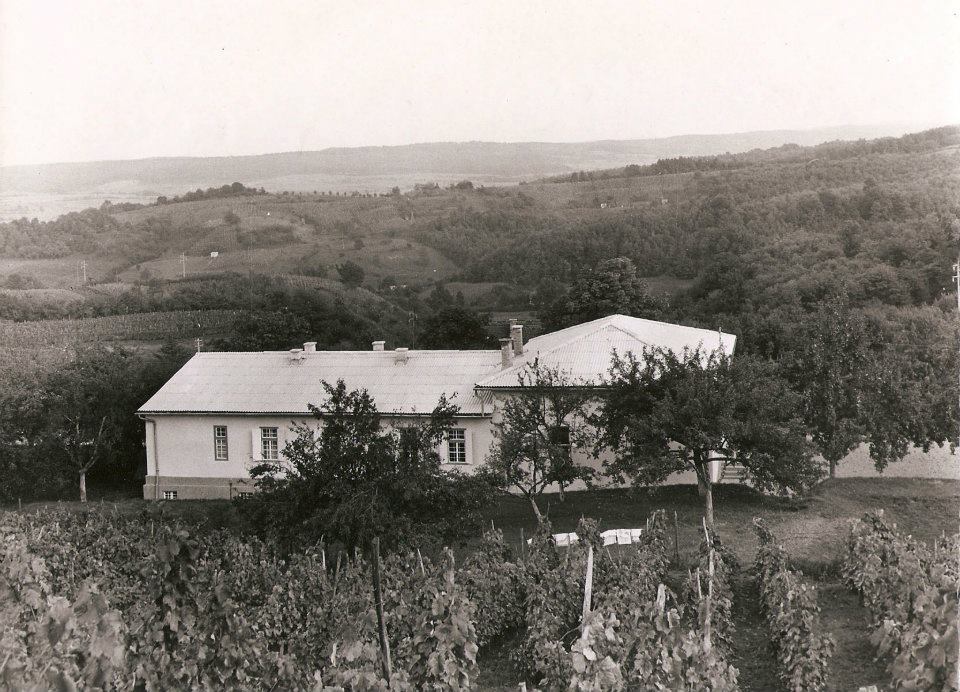
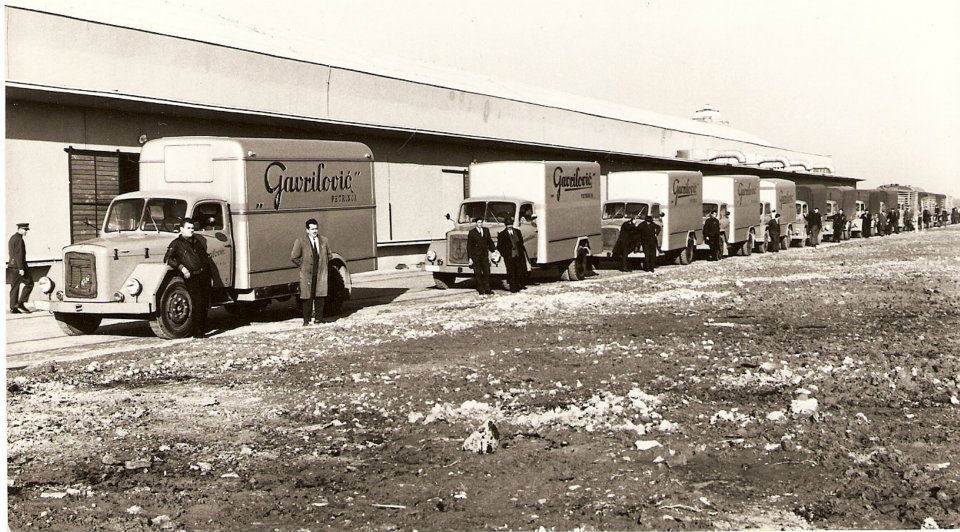
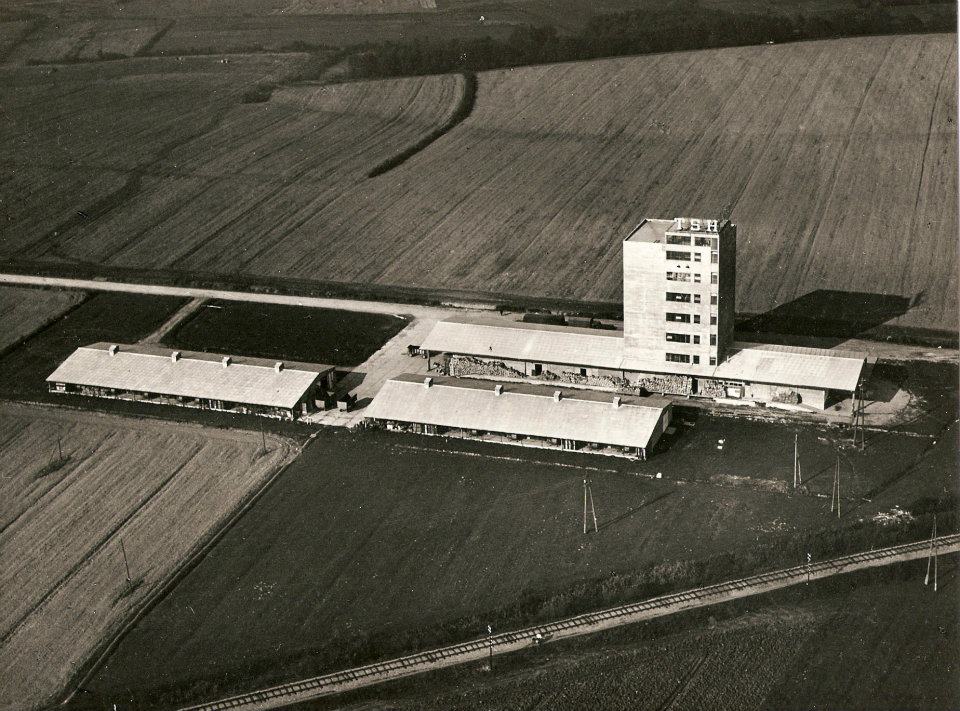
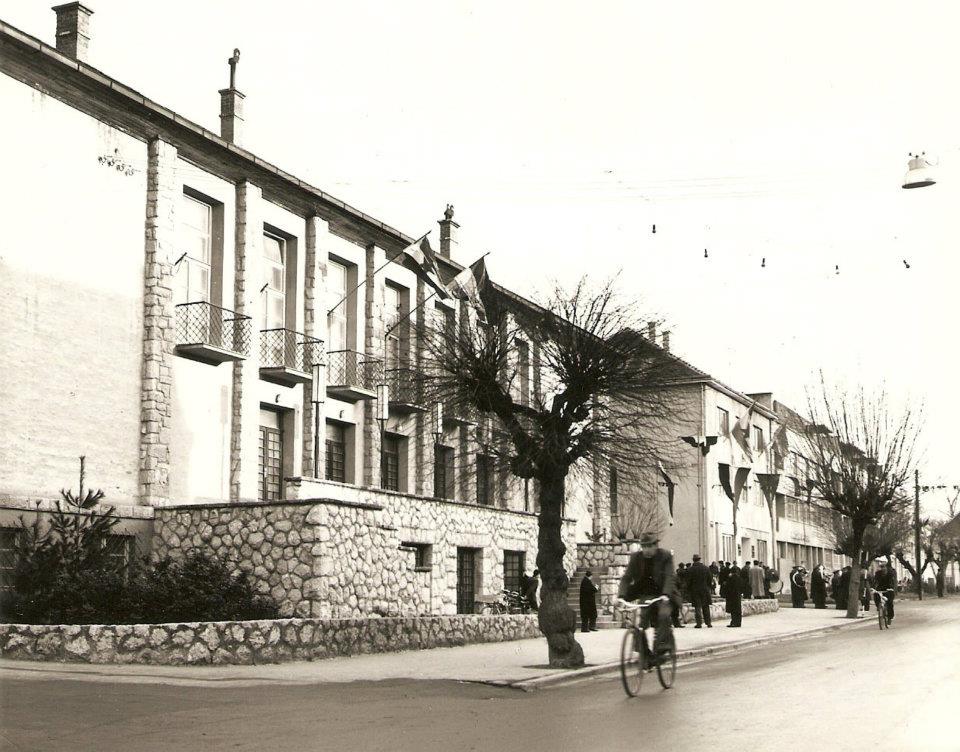
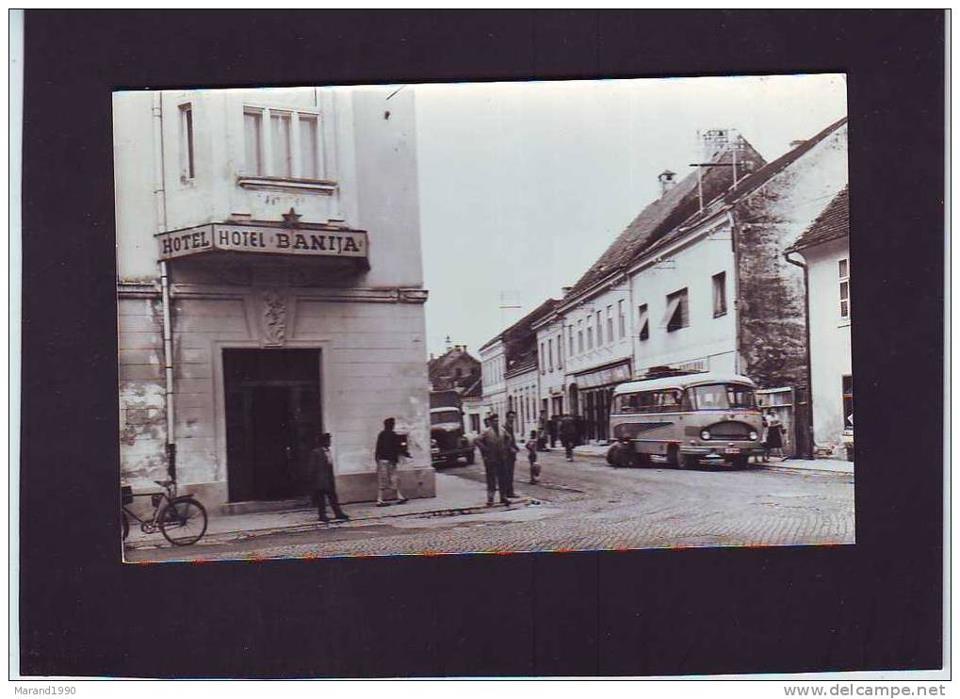
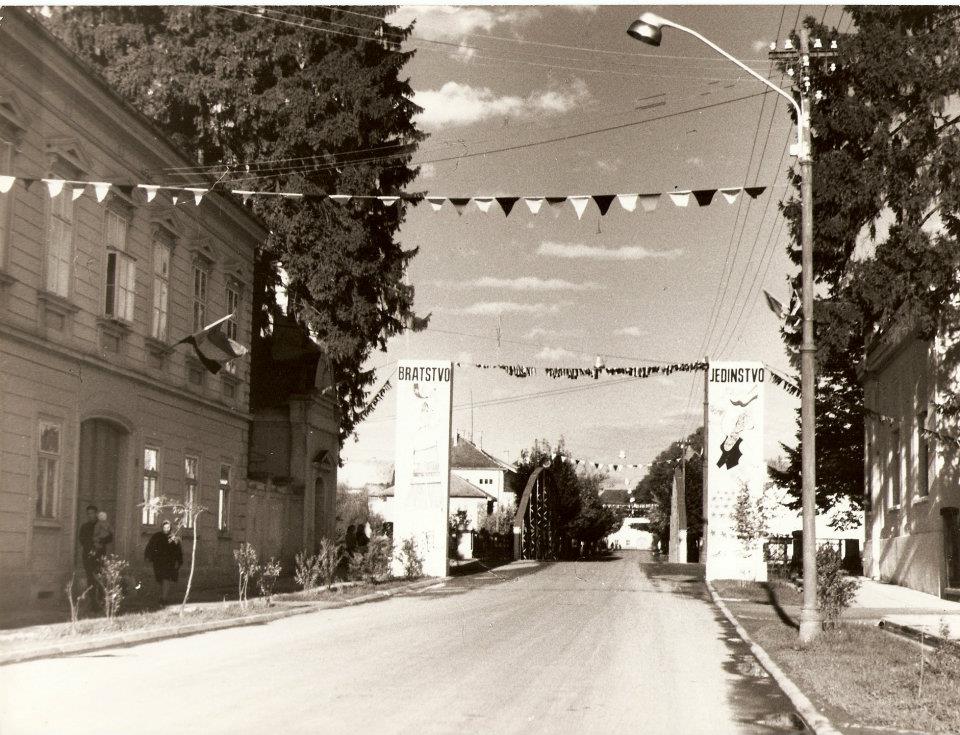
Croatia is renowned for many famous sculptors, not least Ivan Mestrovic, whose works appear all over the world. However, the first sculpture ever produced in Croatia as a public work of art was a statue of 'people's politician' Stjepan Radić, who came from nearby Desno Trebarjevo, Martinska Ves. It was made by Croatian sculptor Mila Wod (1929 in historic Petrinja). It was unveiled in Petrinja in 1936, but removed and vandalised during the 1991-1995 occupation, but found nearby, restored and returned to the centre of Petrinja in1999 in a square now named after Stjepan Radić.
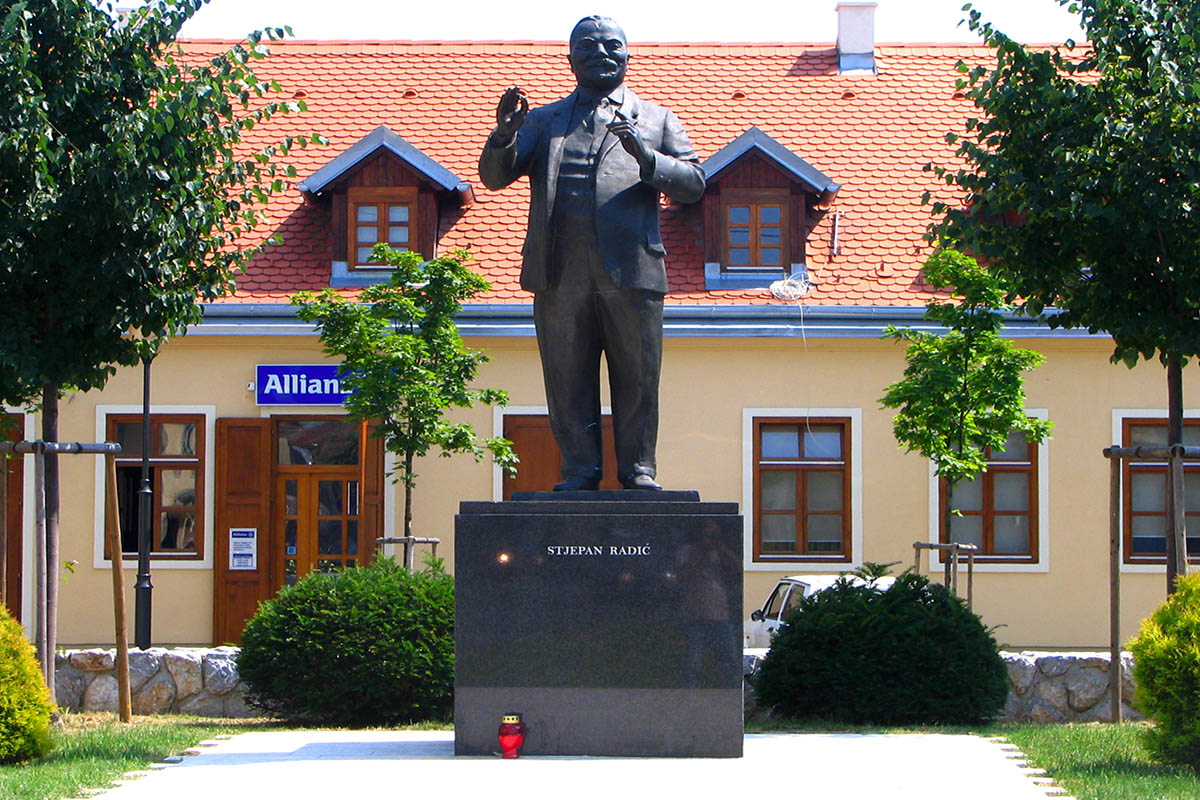 © Tourist Board of Petrinja
© Tourist Board of Petrinja
All photos © Tajanstvena Hrvatska / Public domain unless otherwise identified


